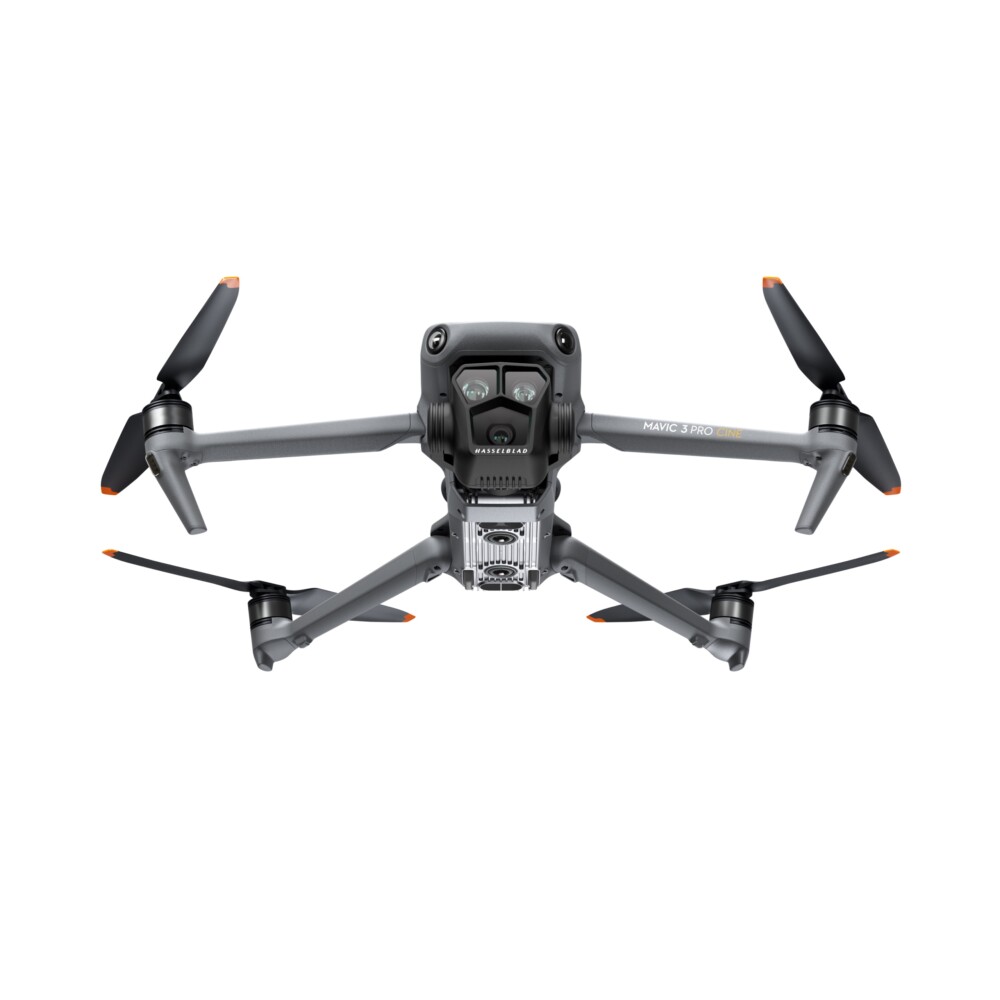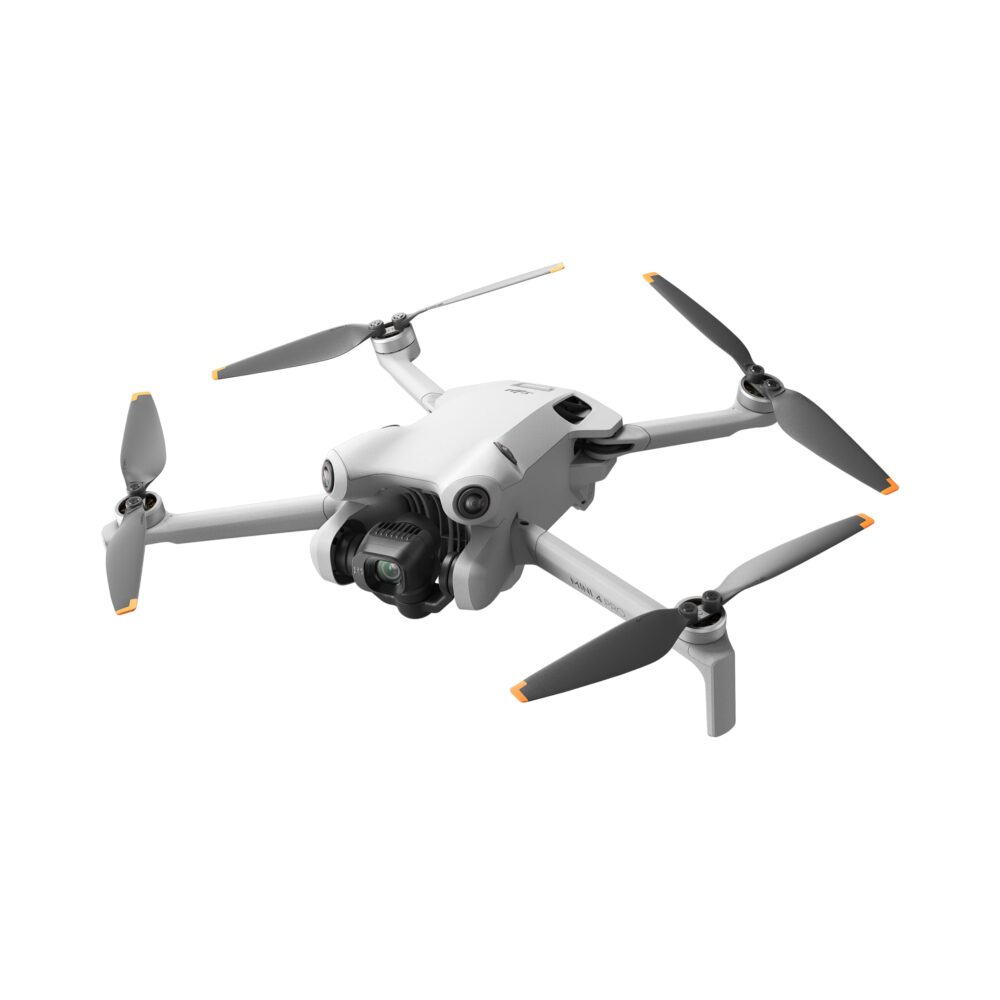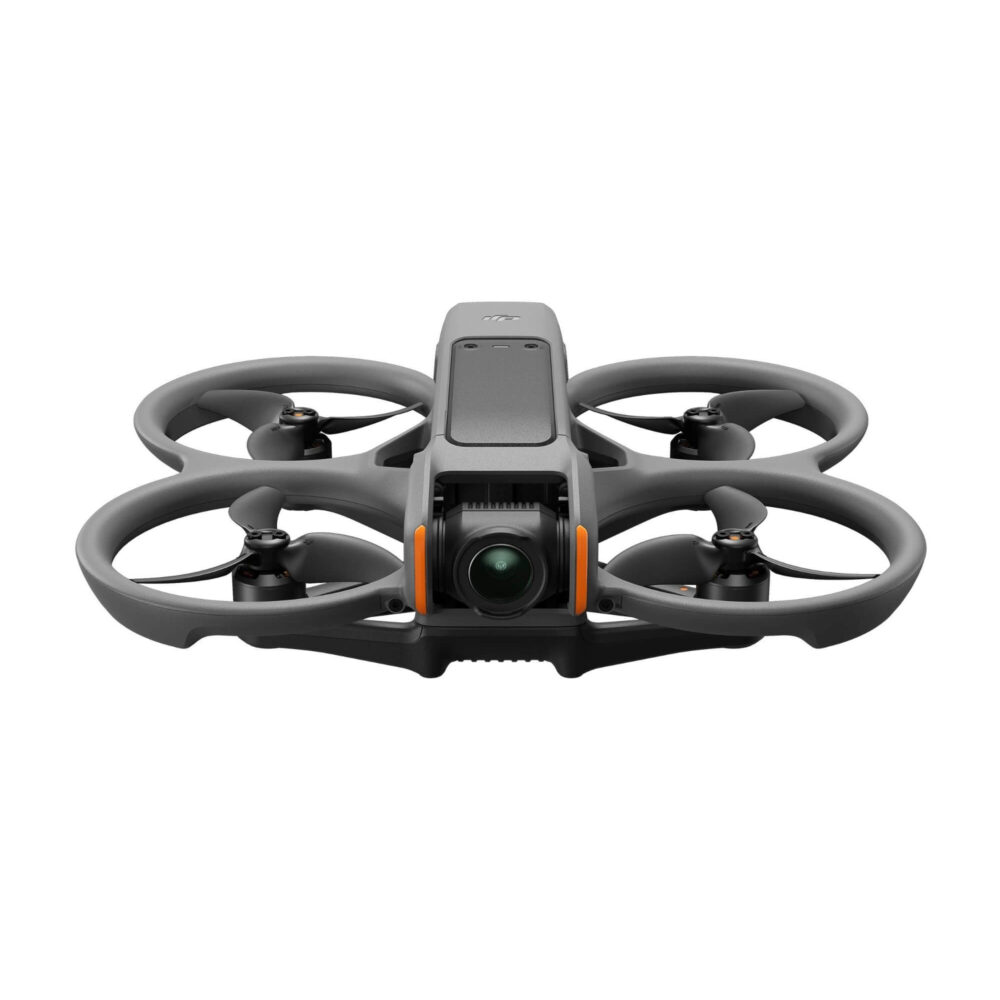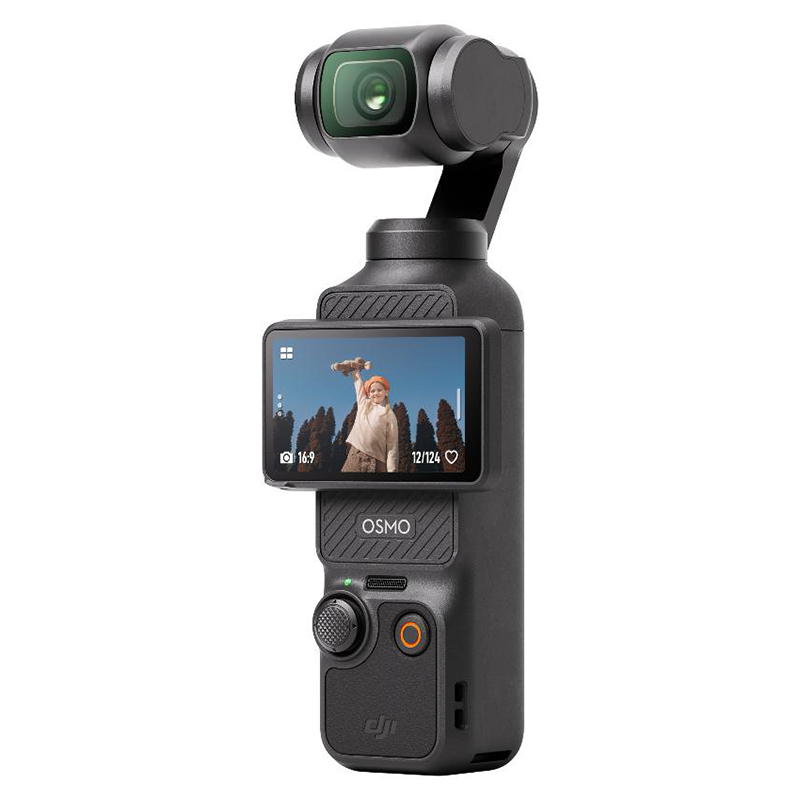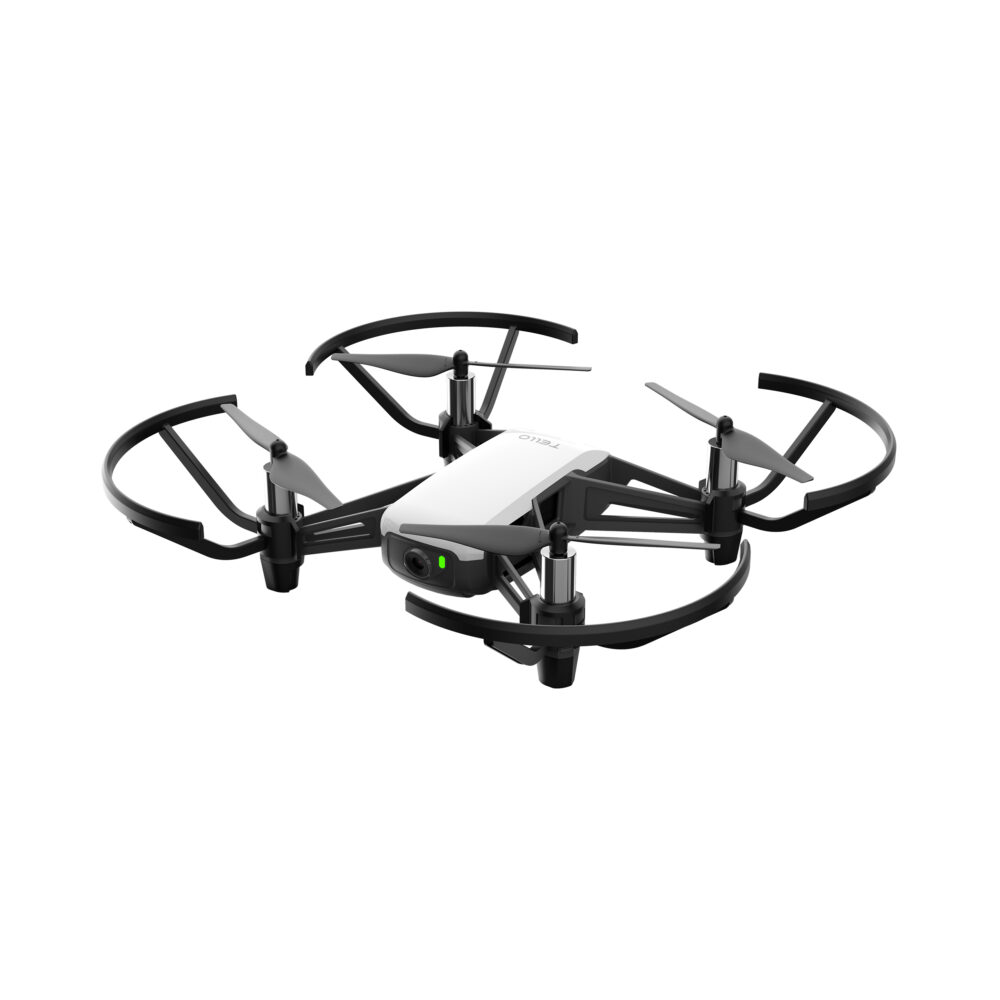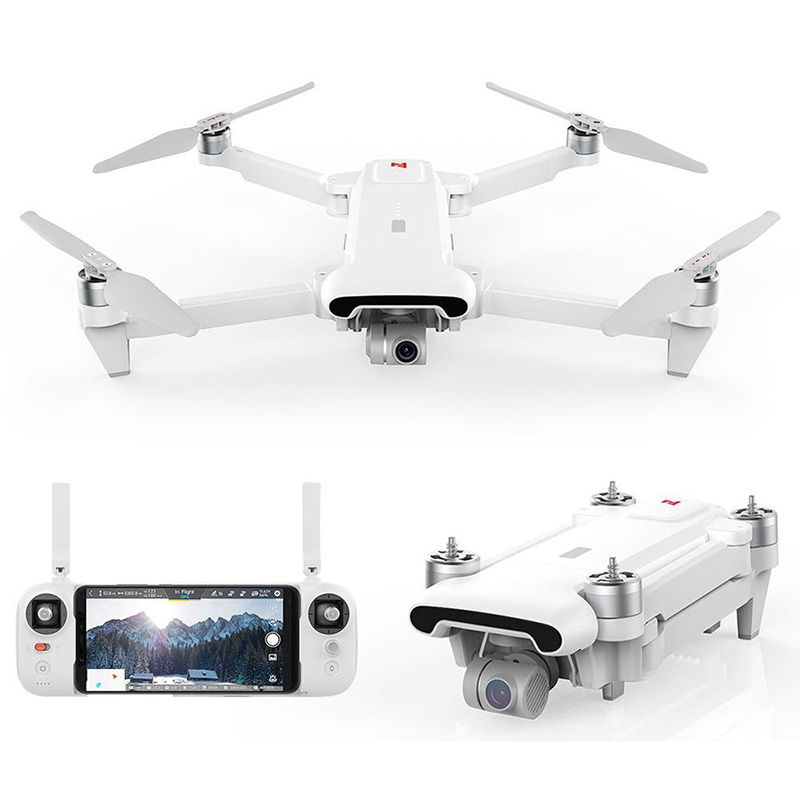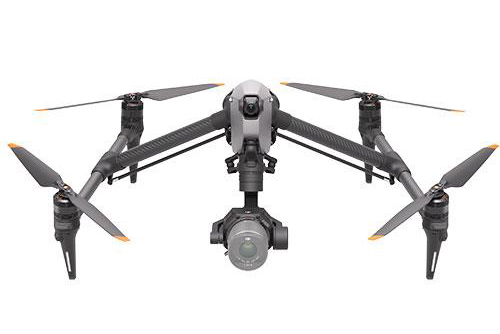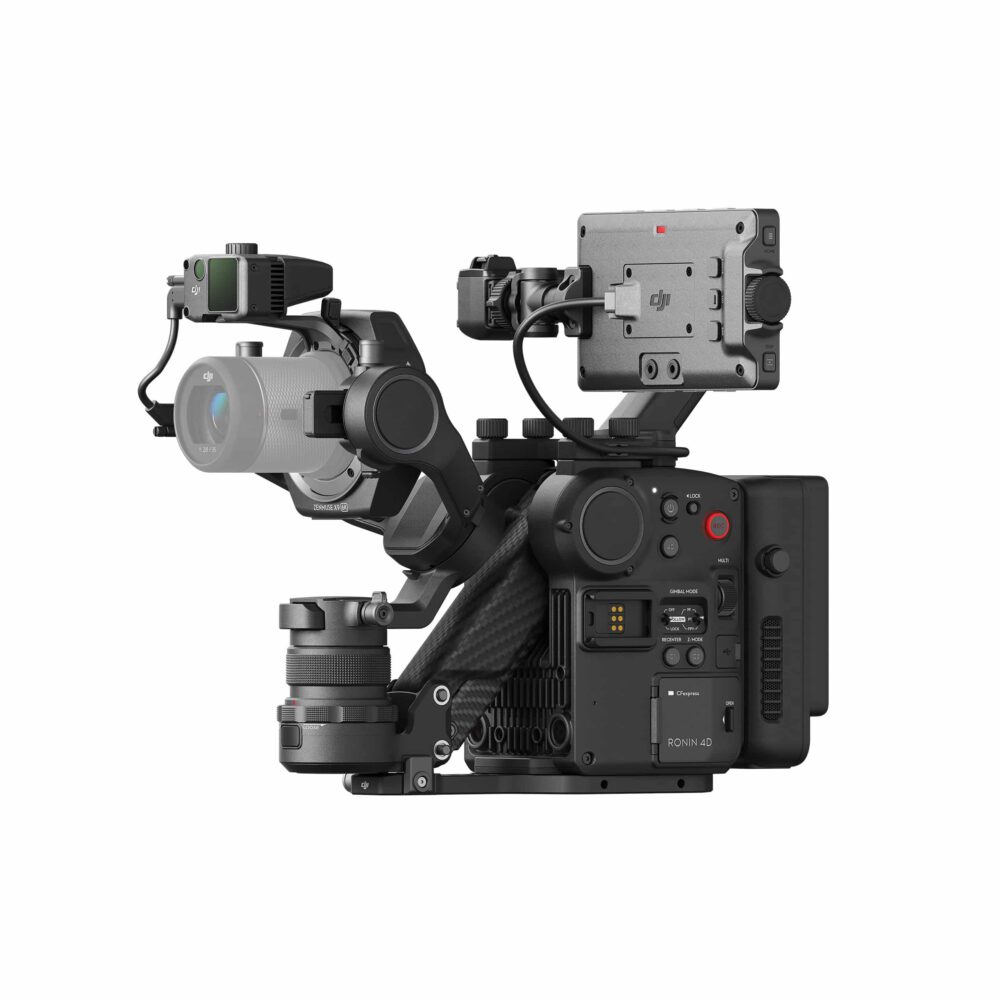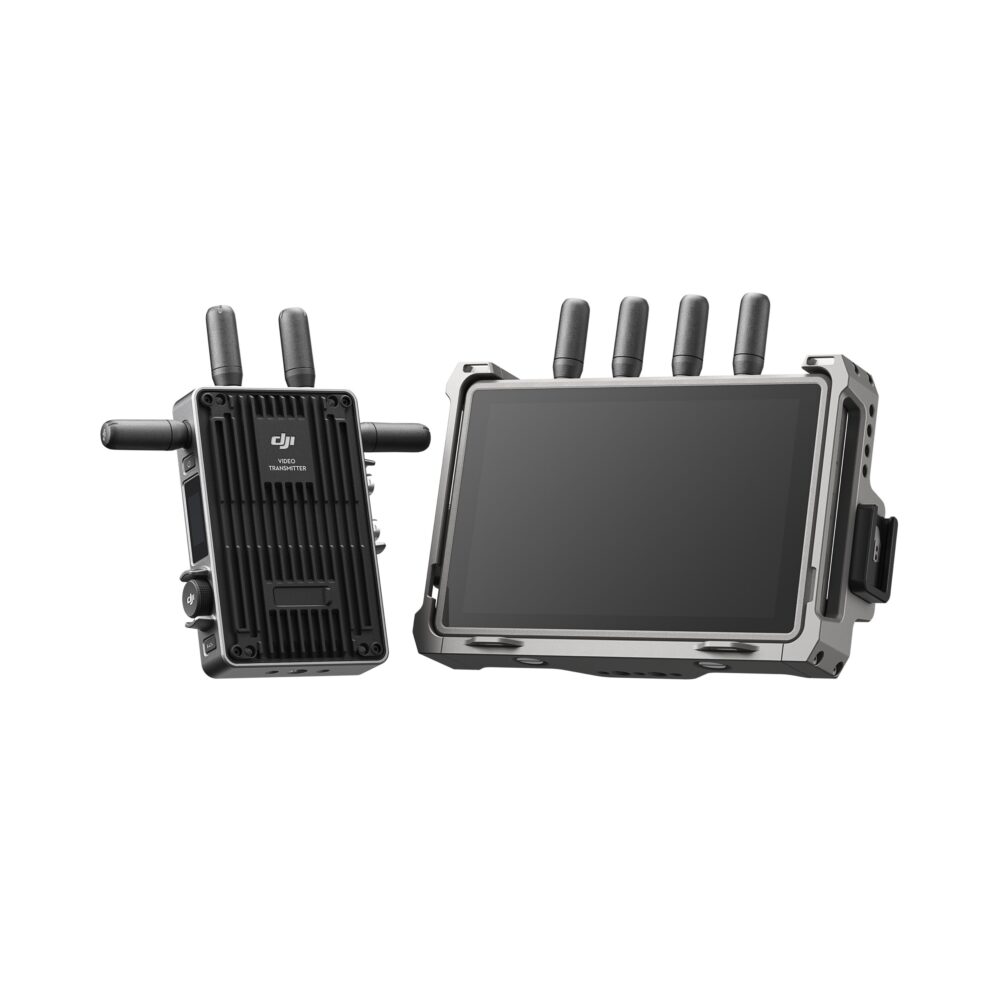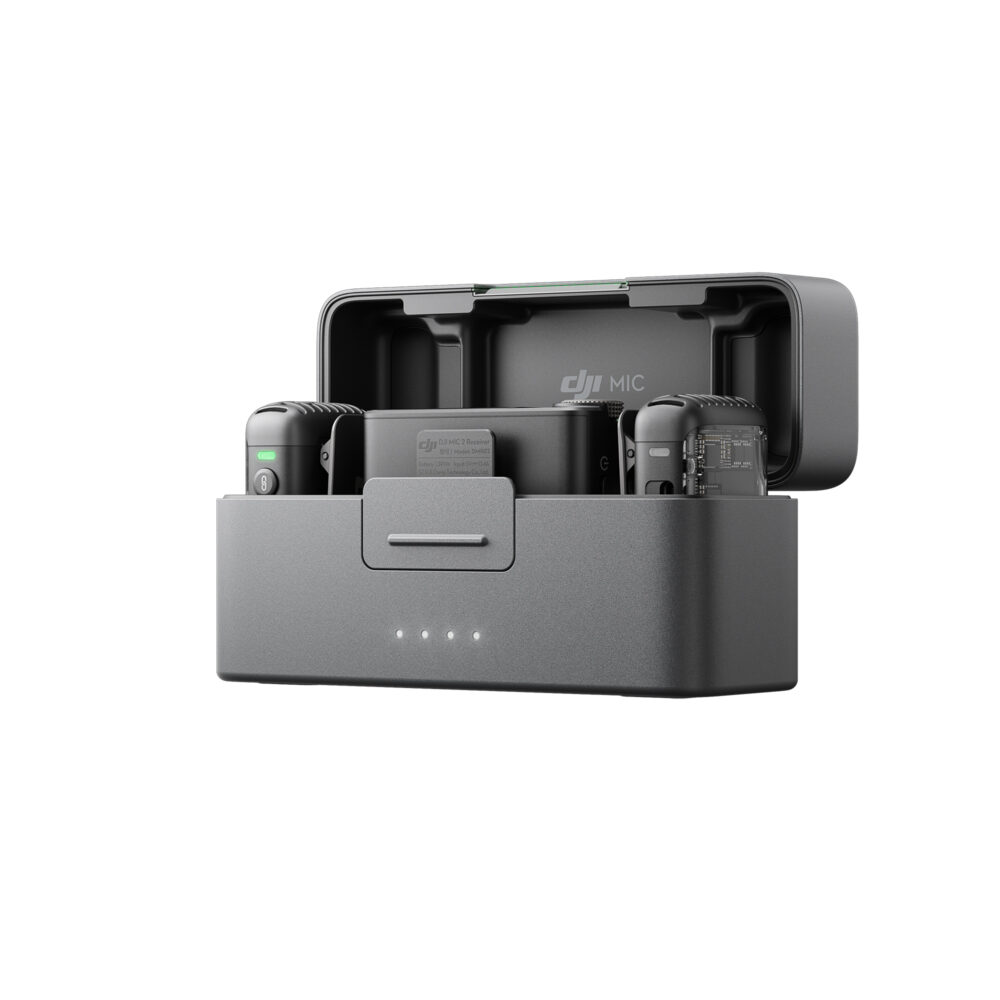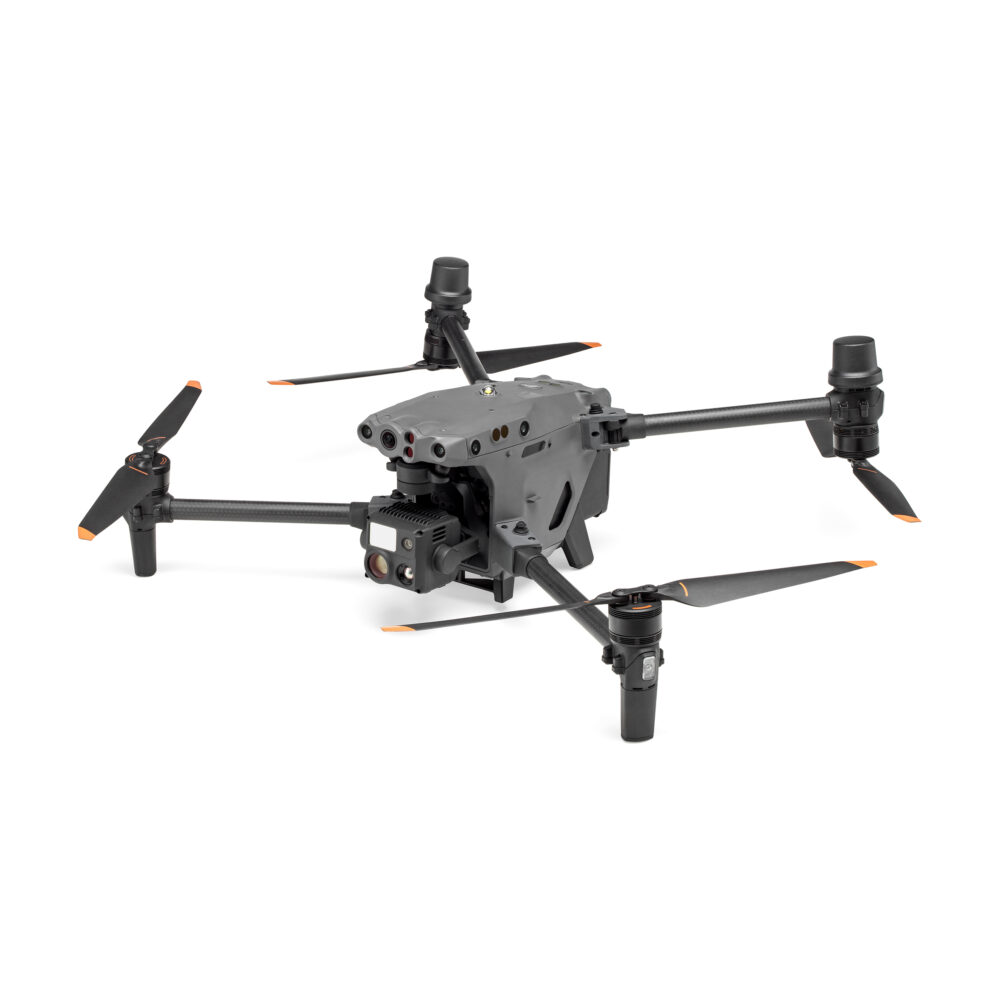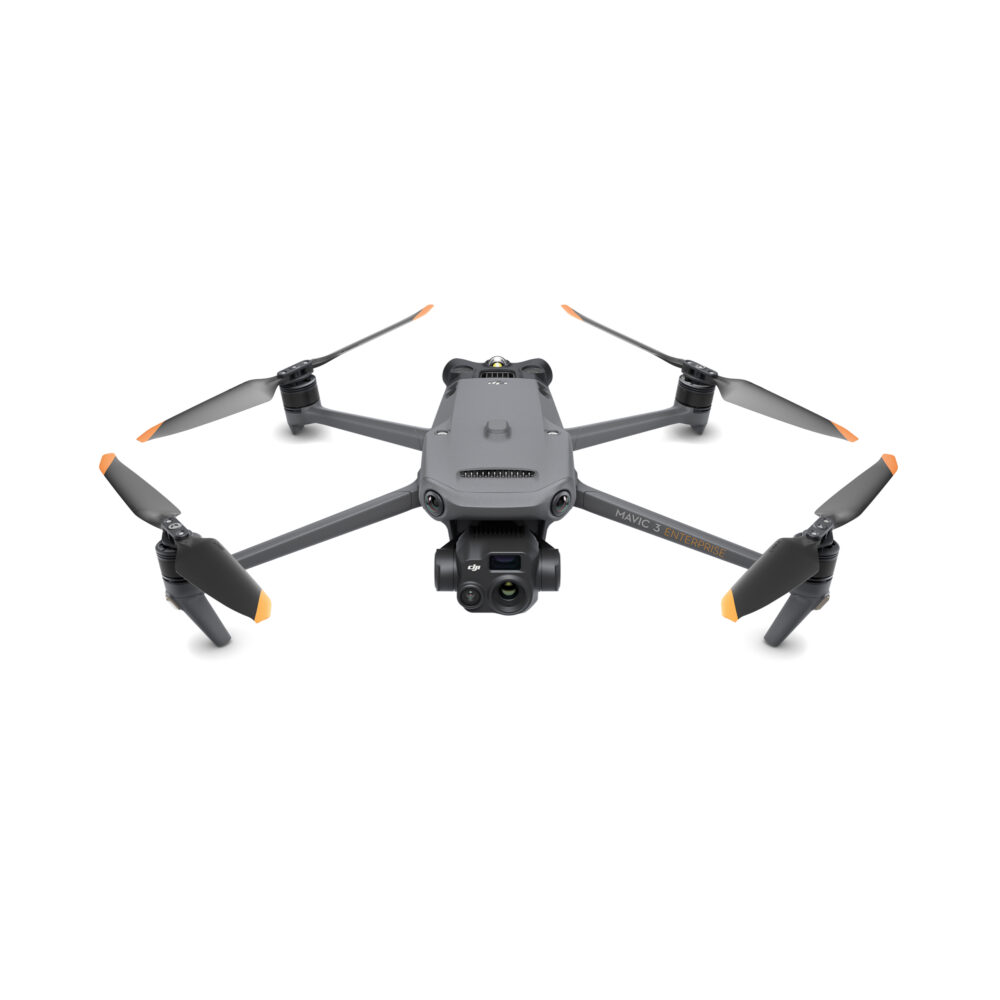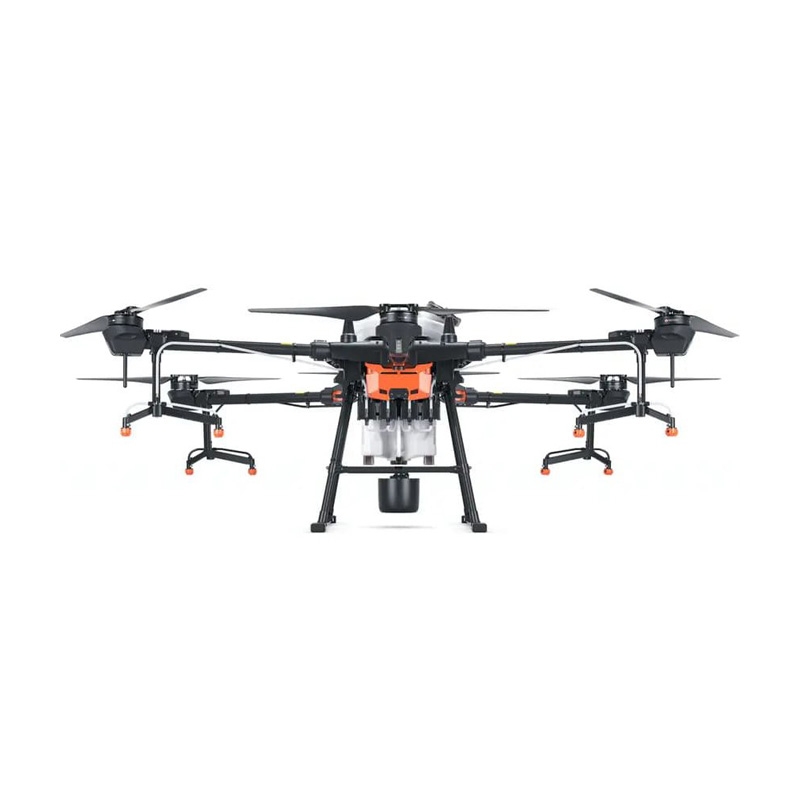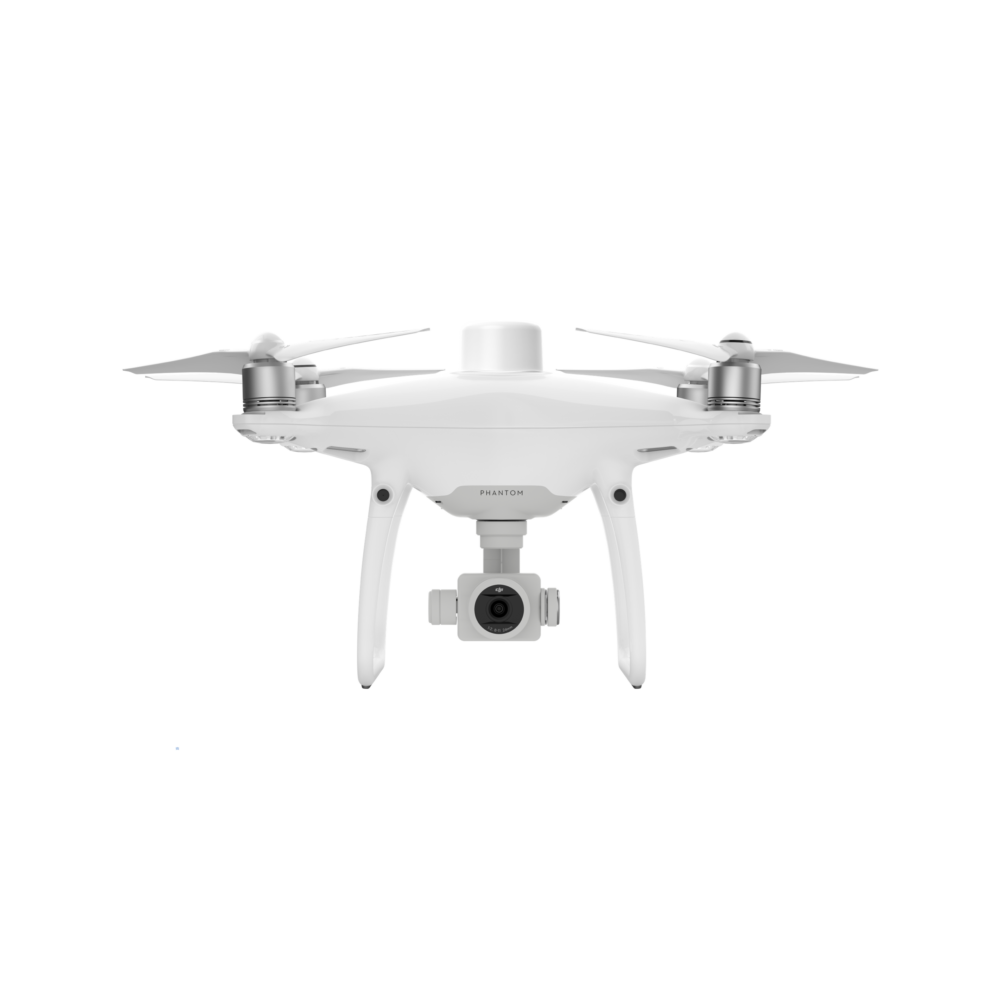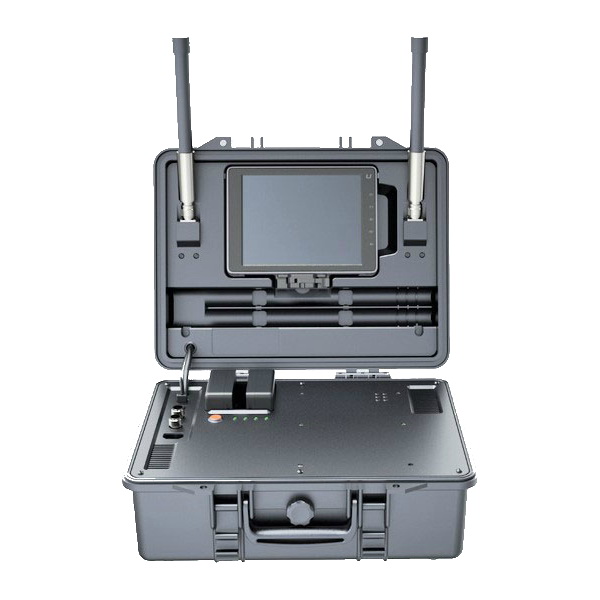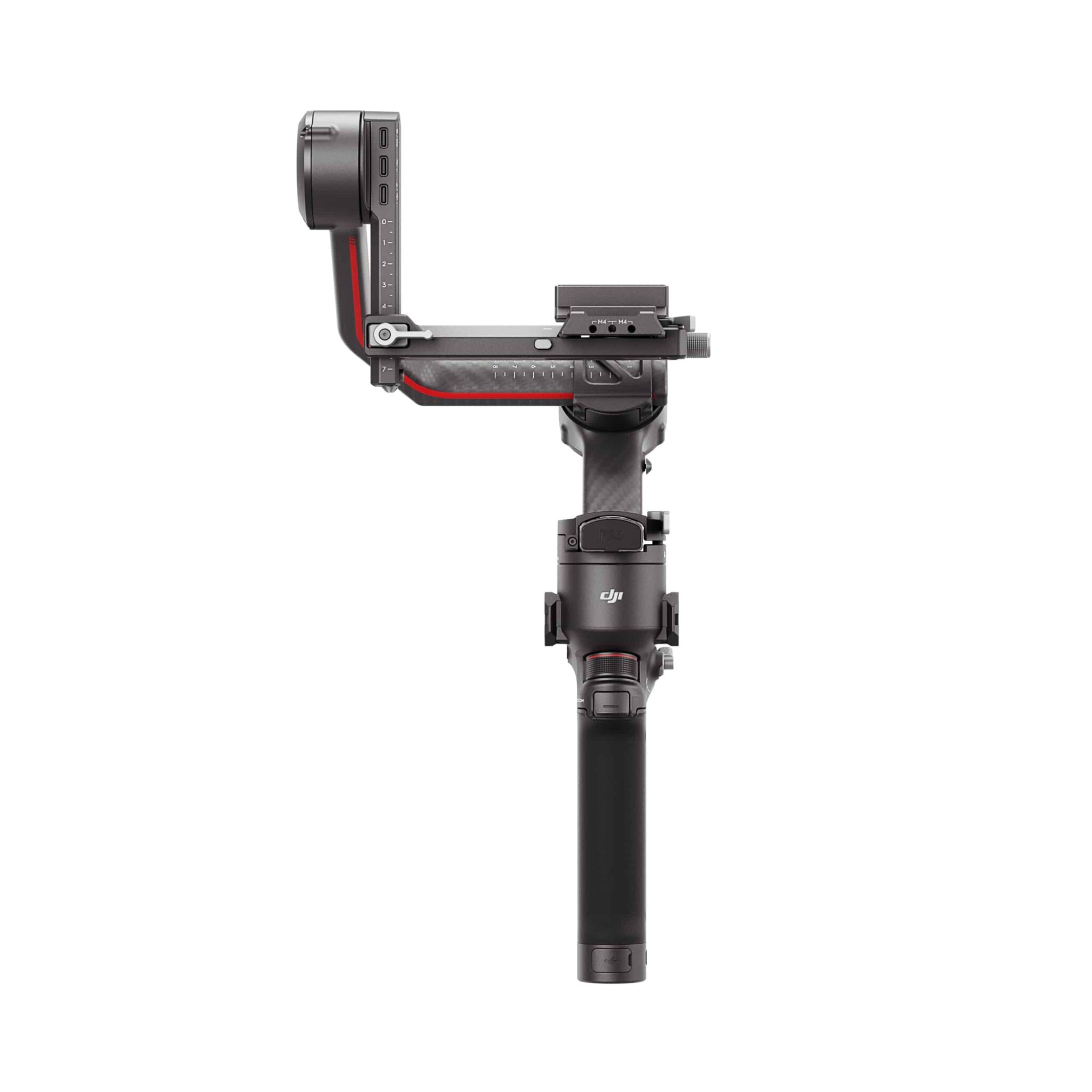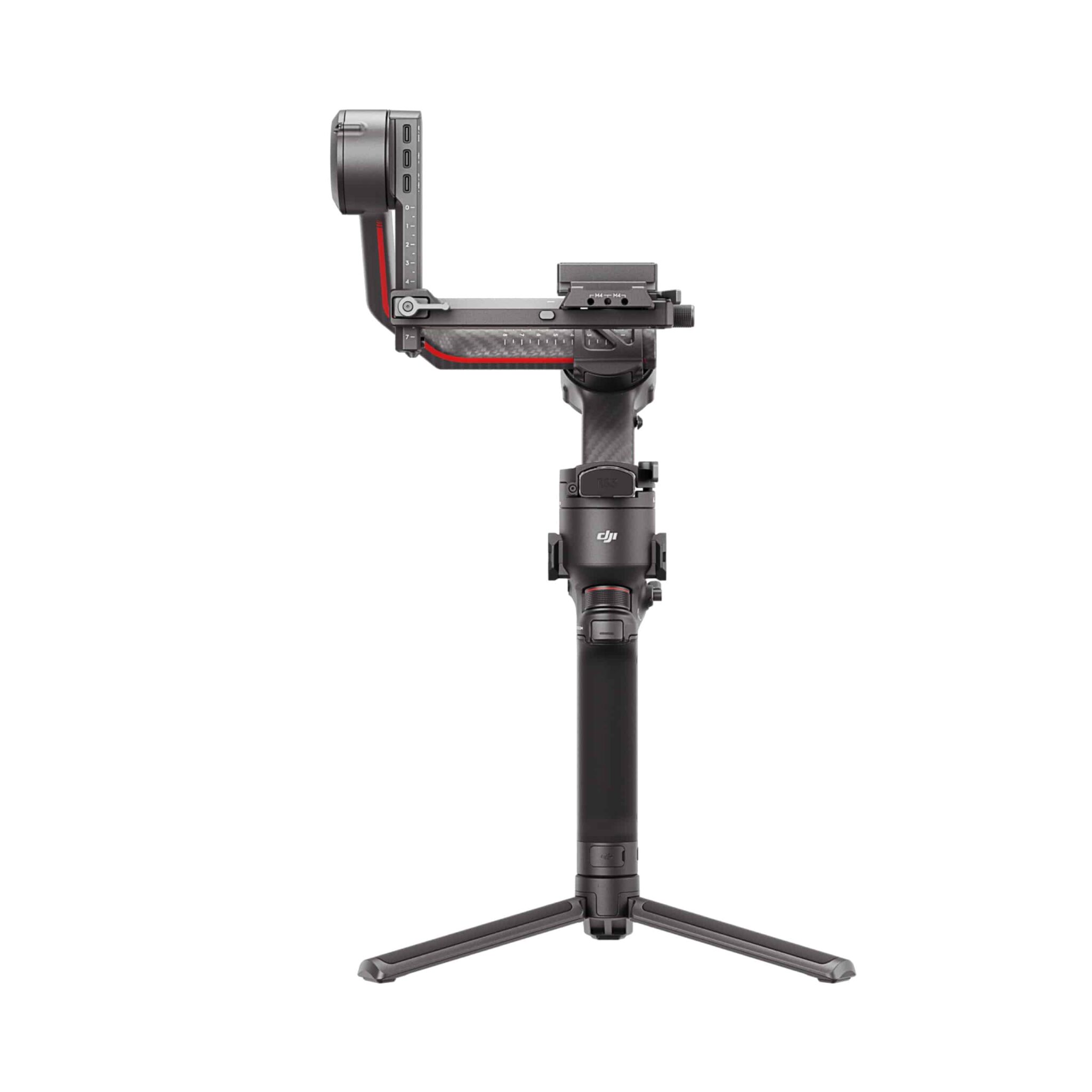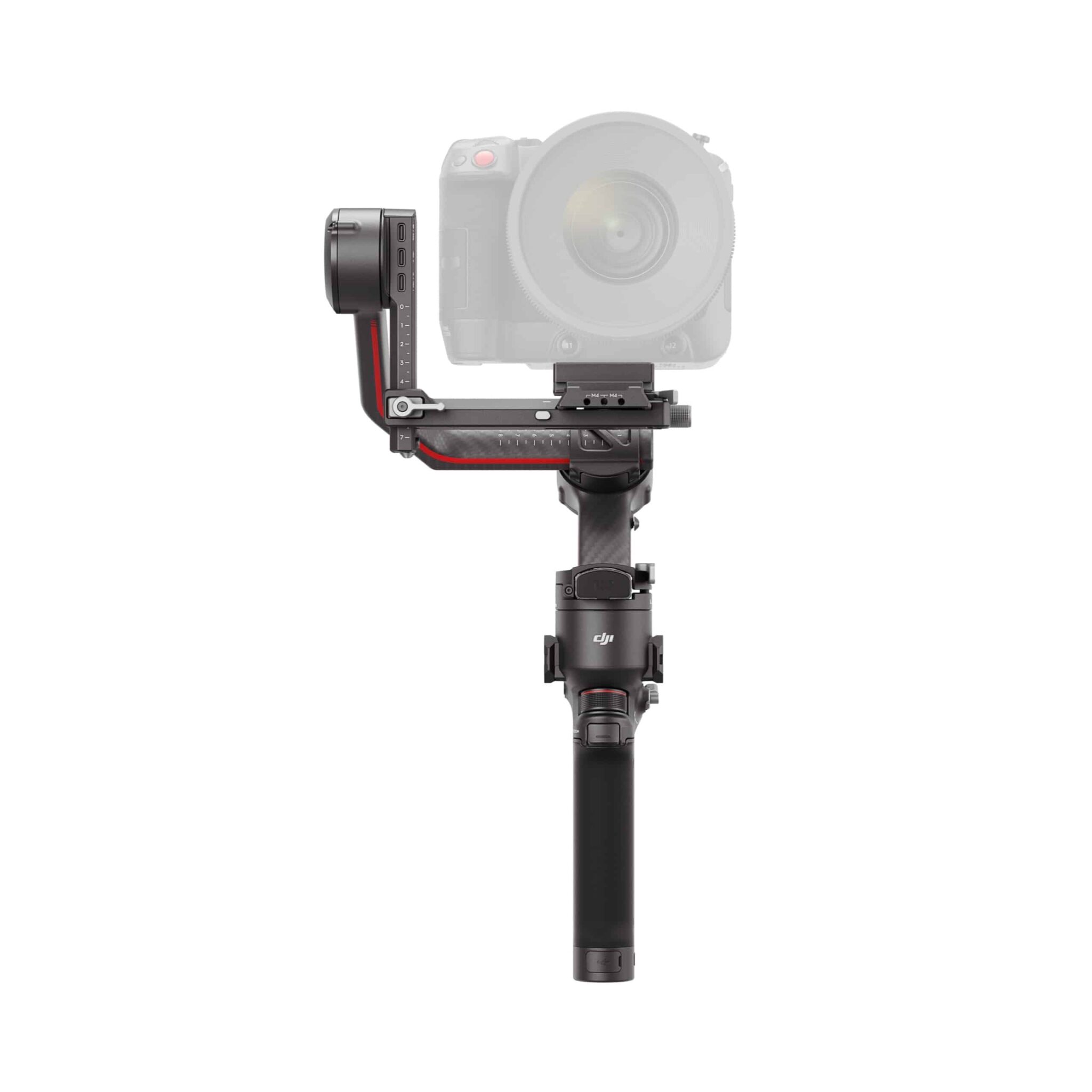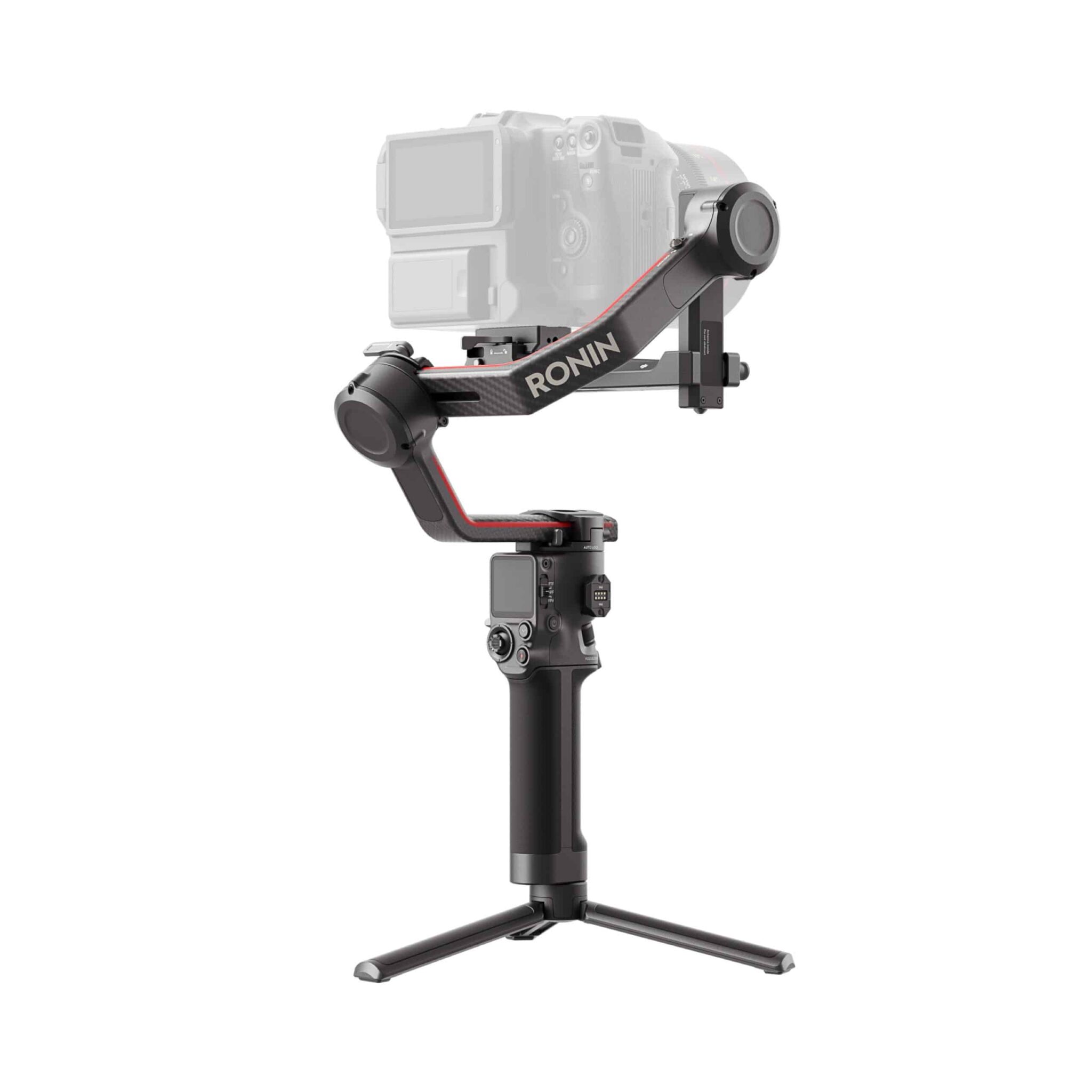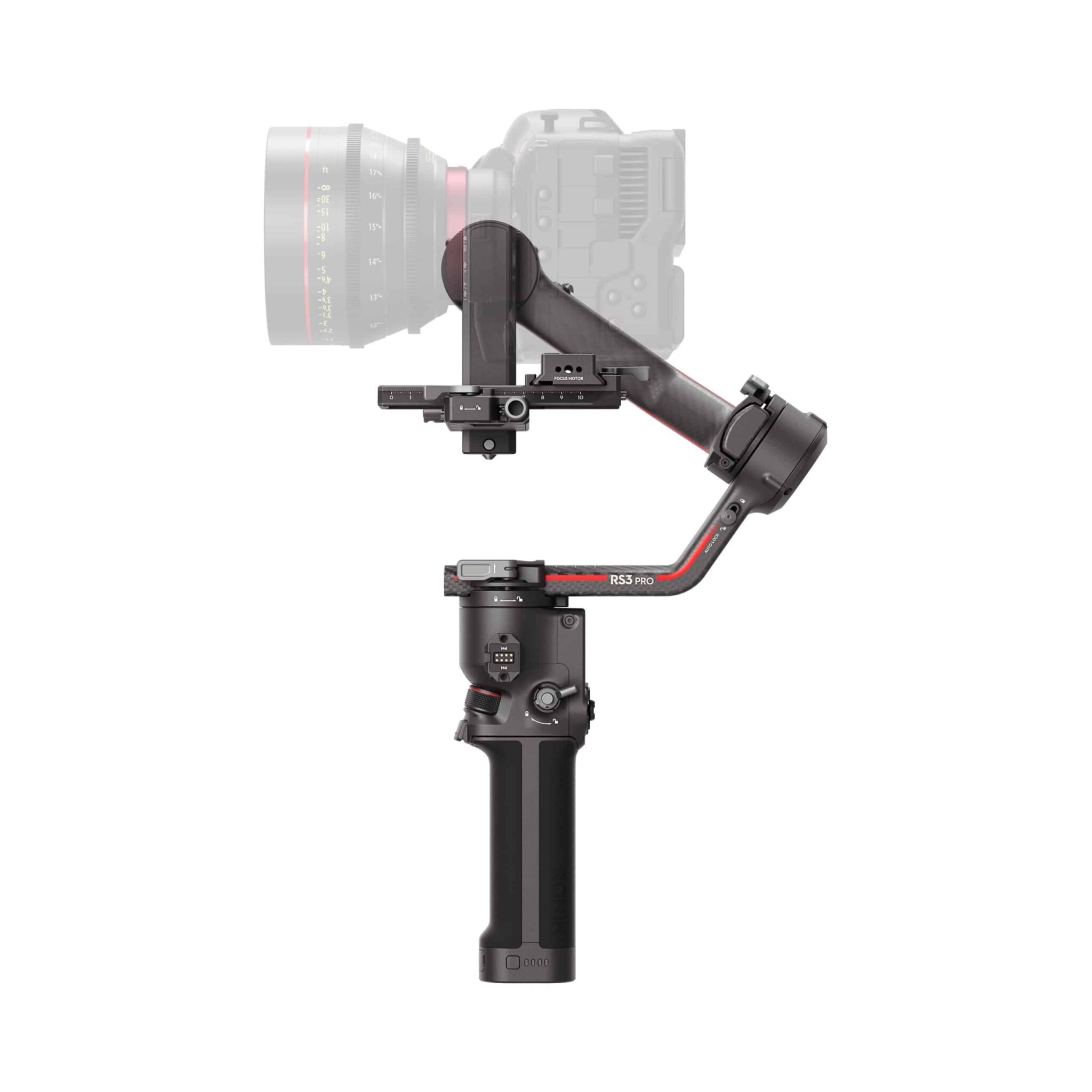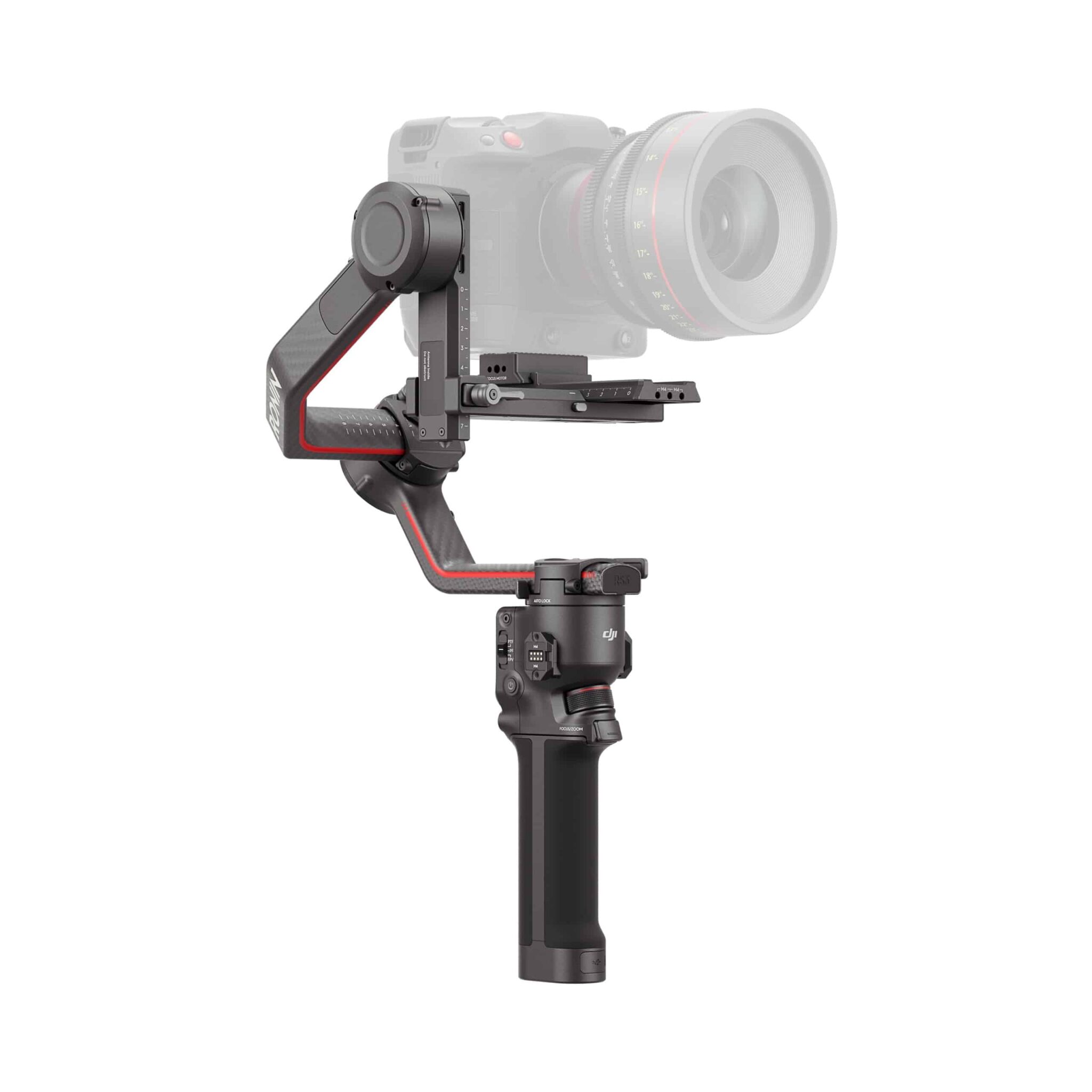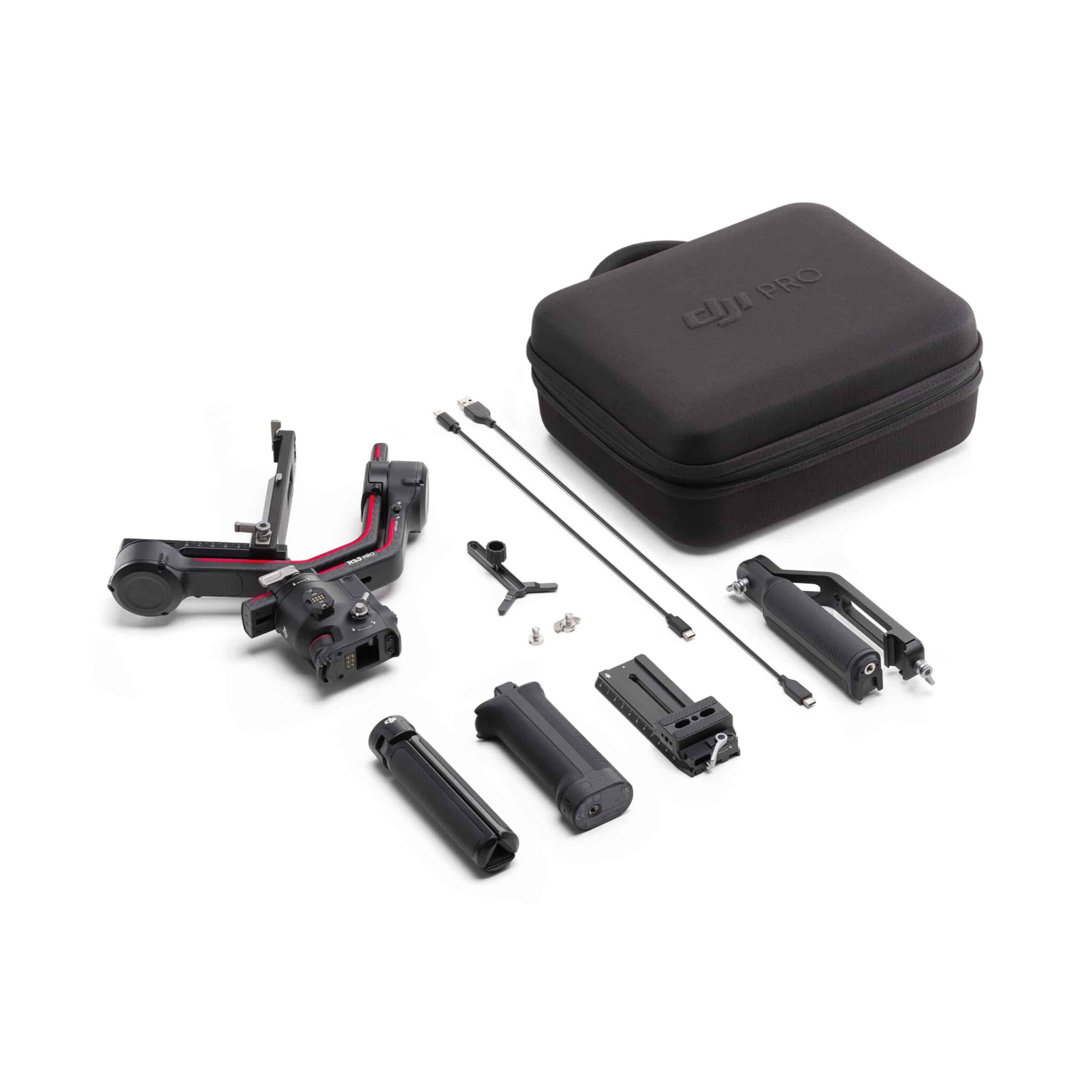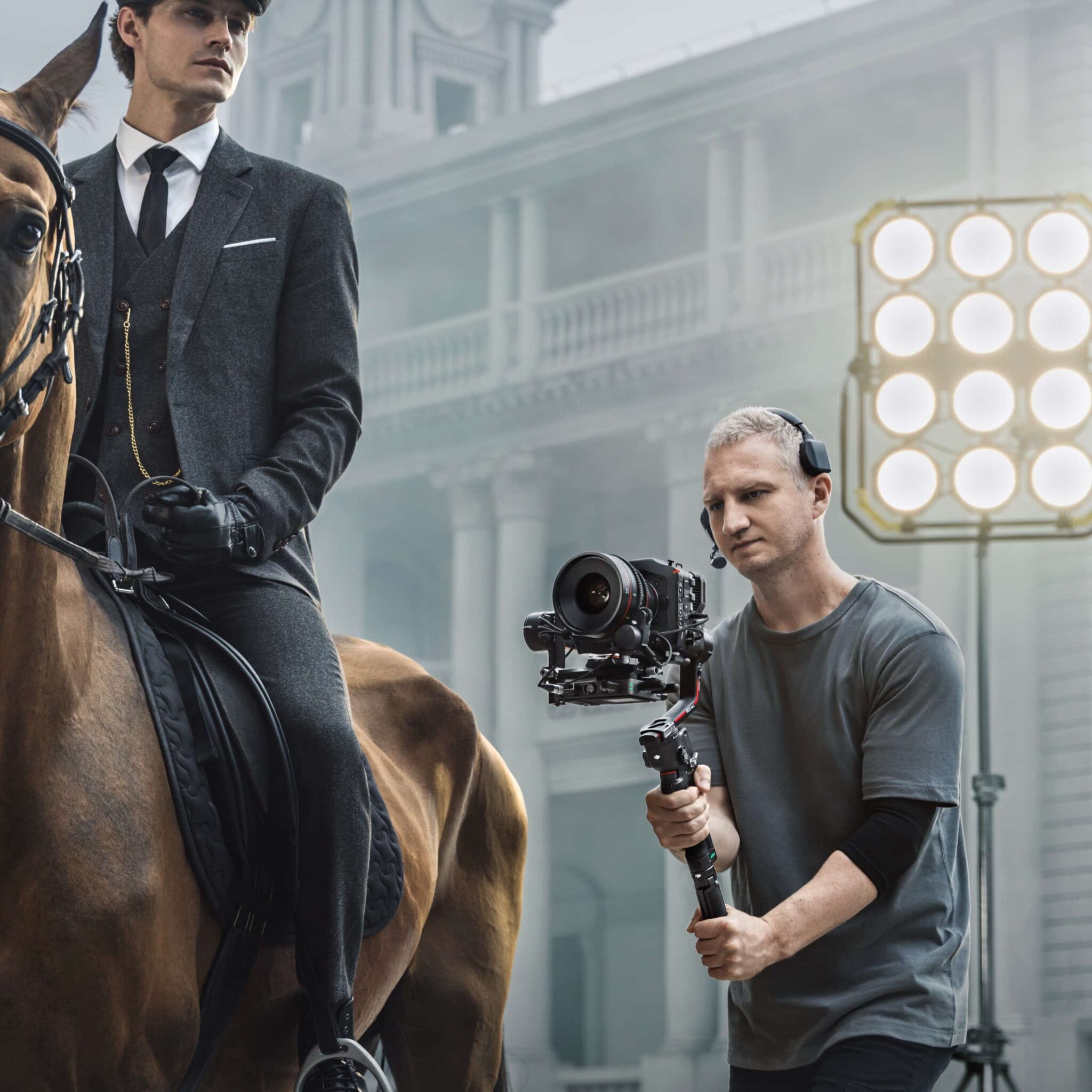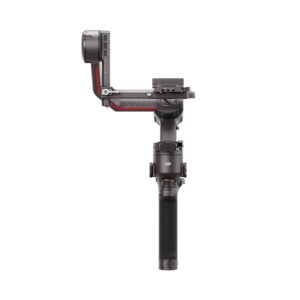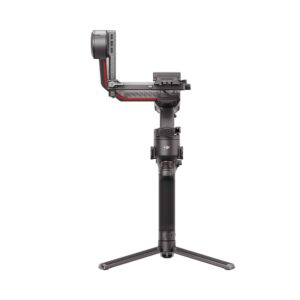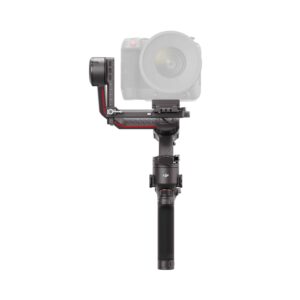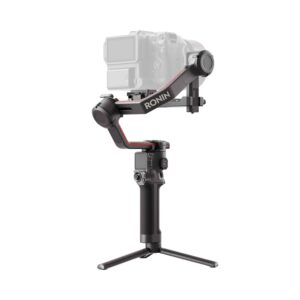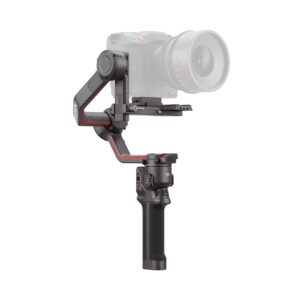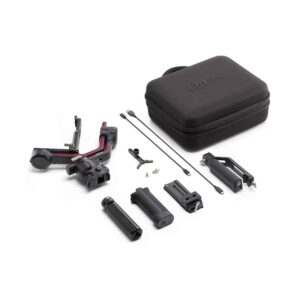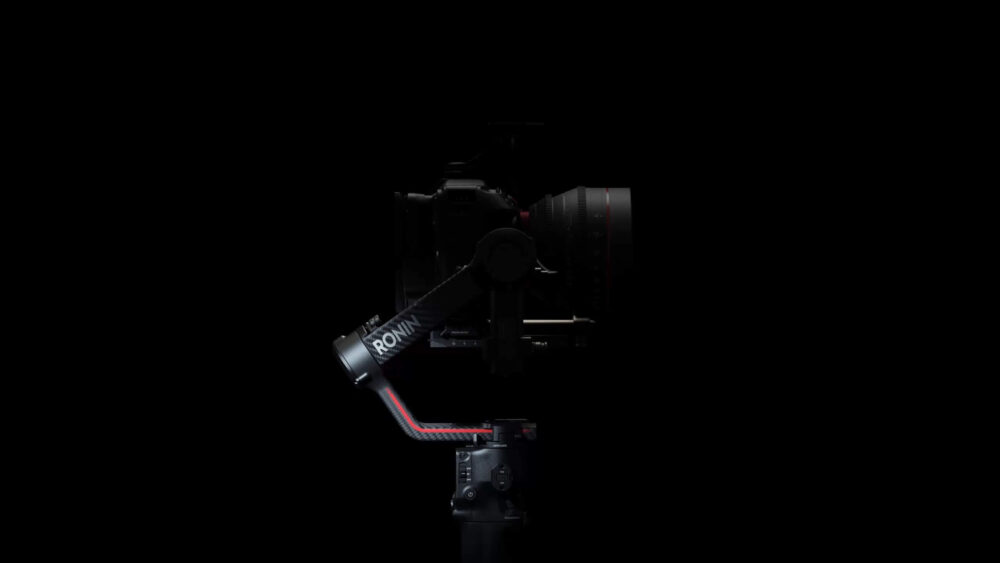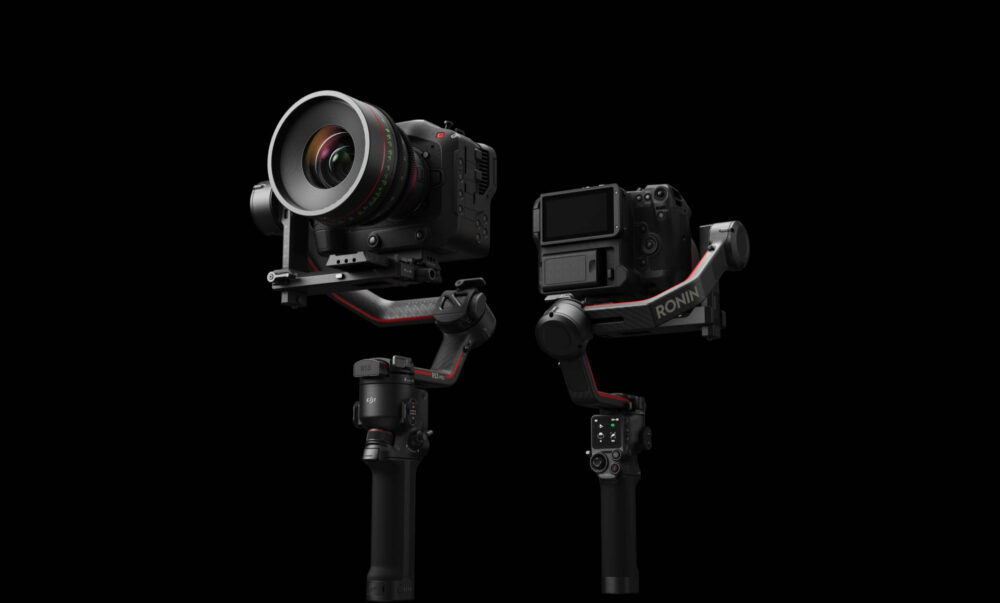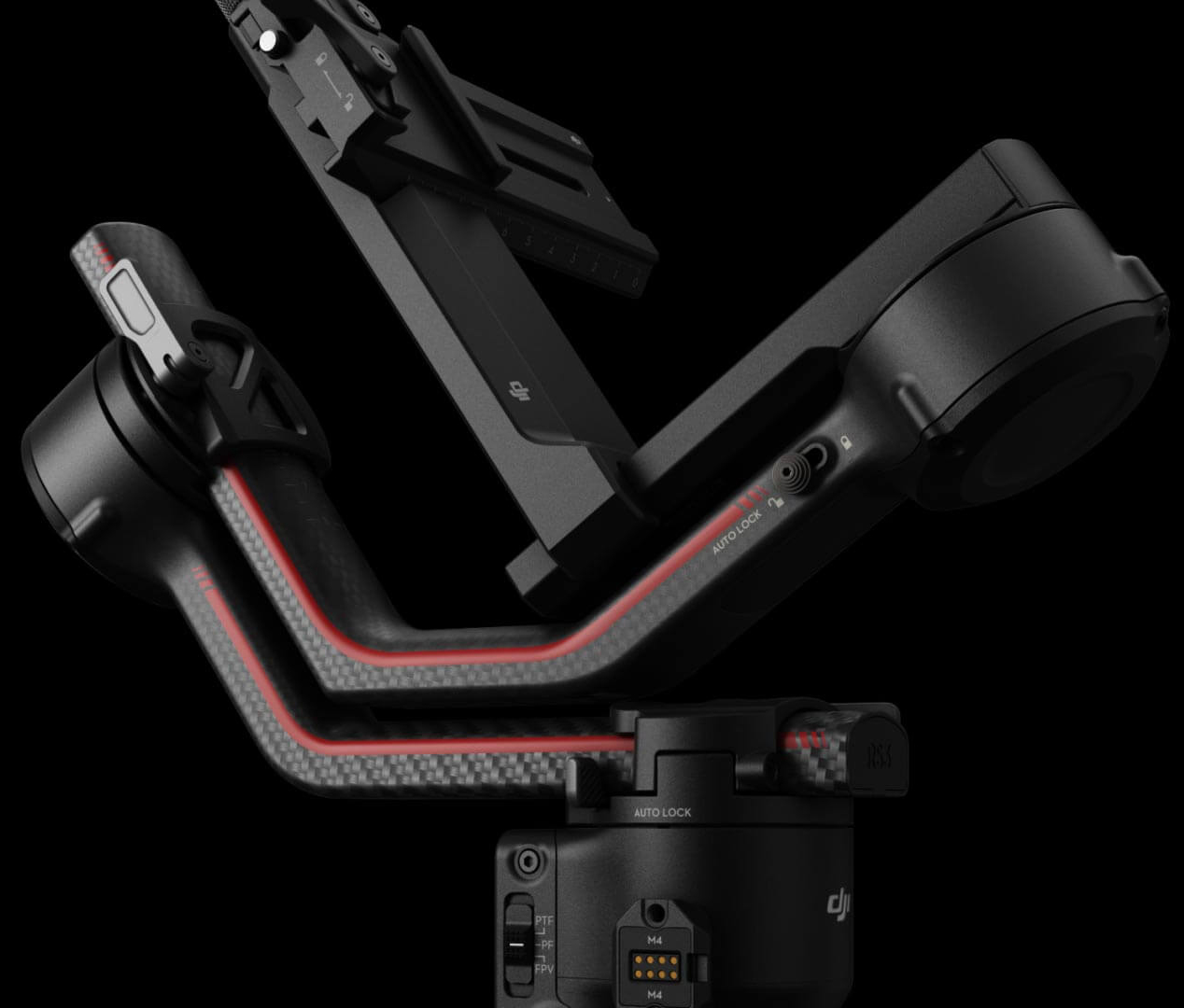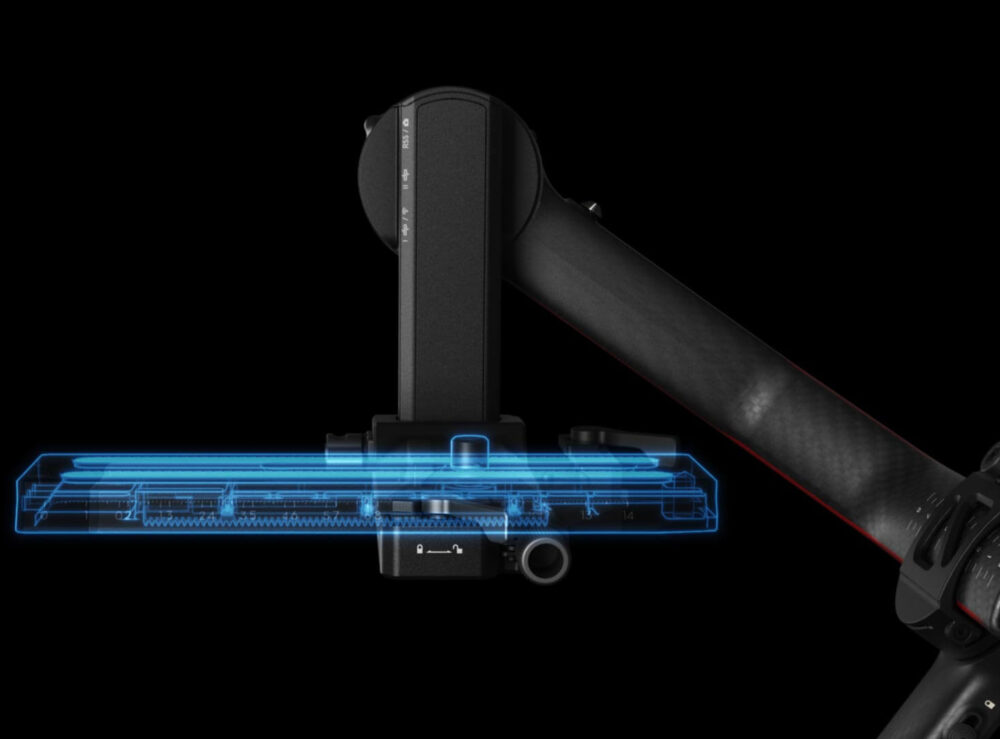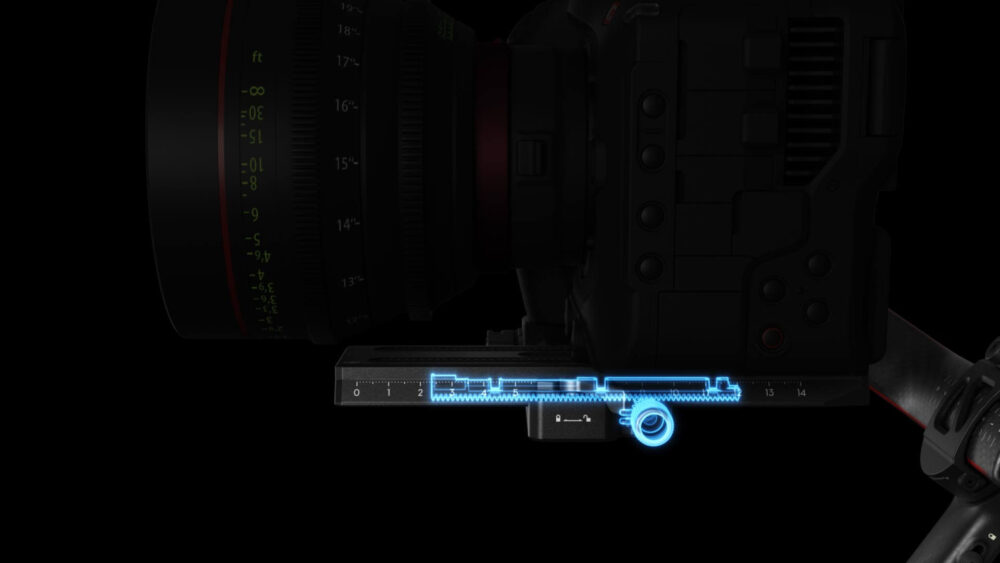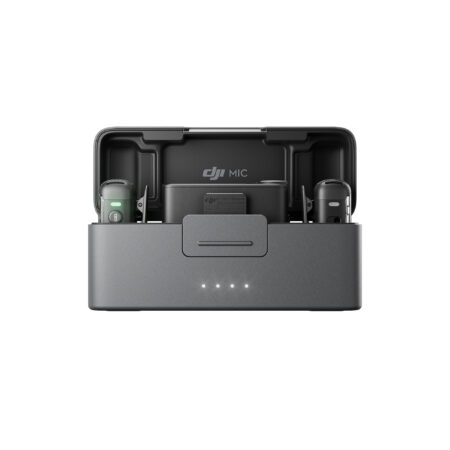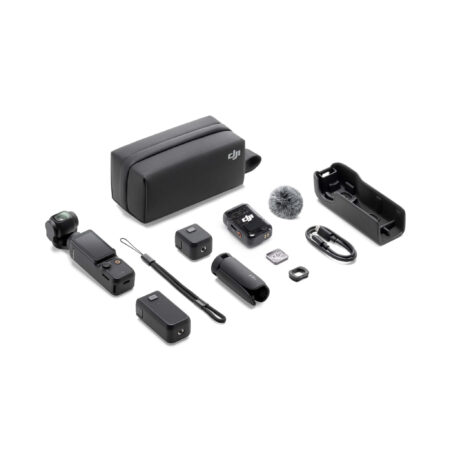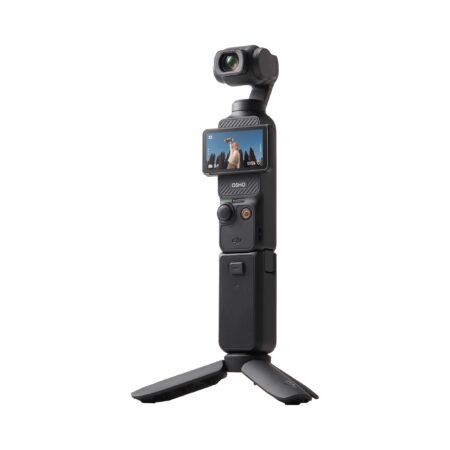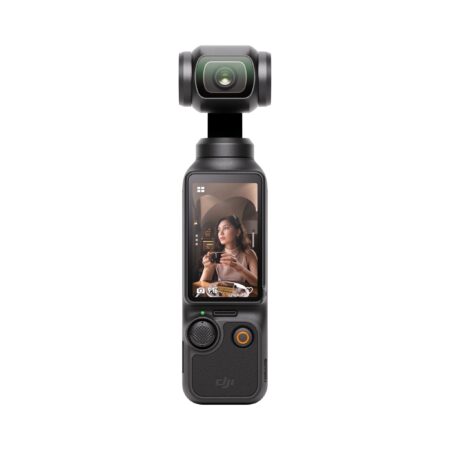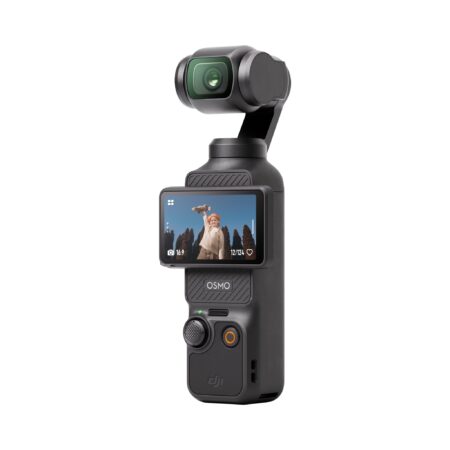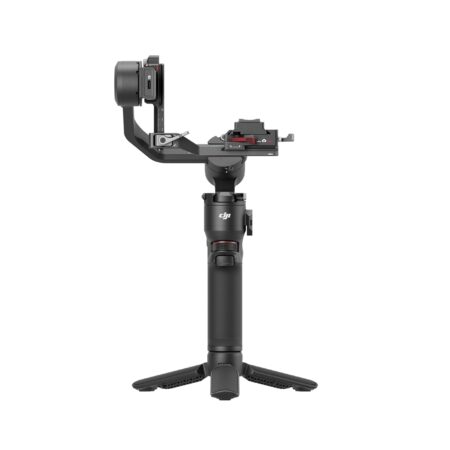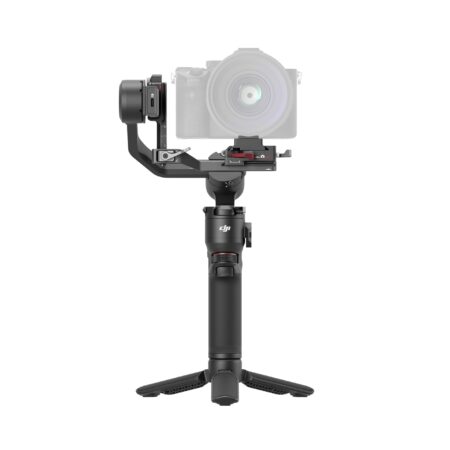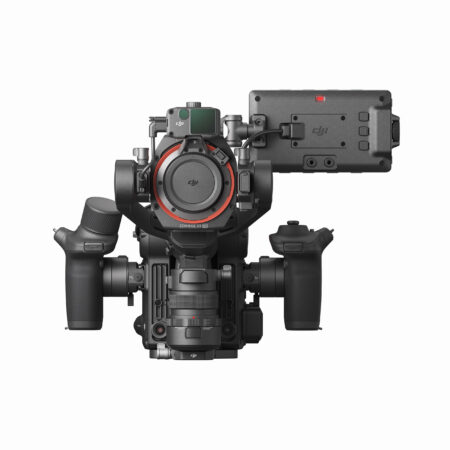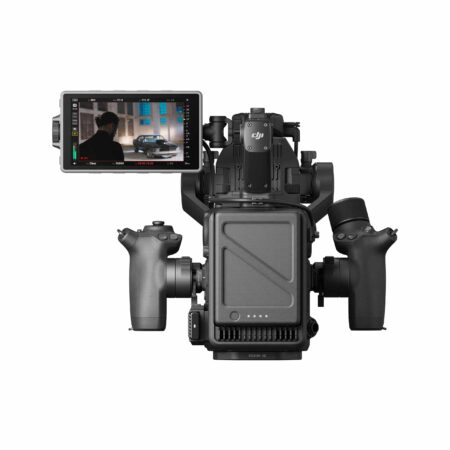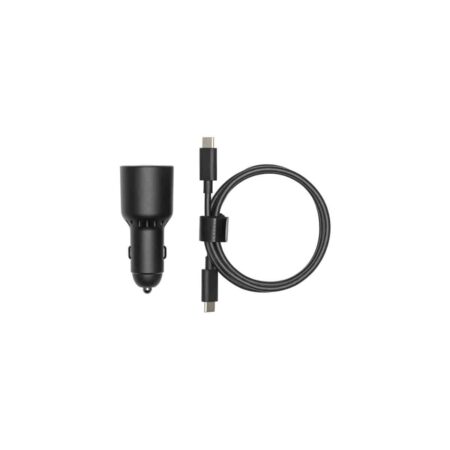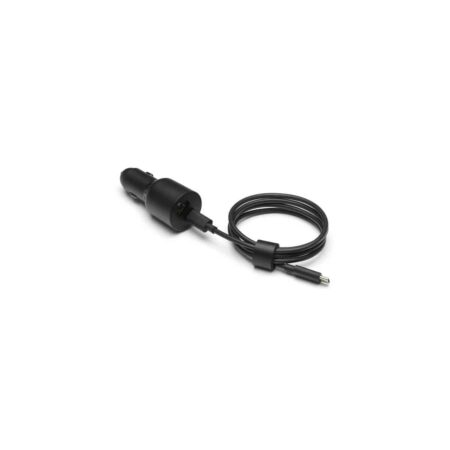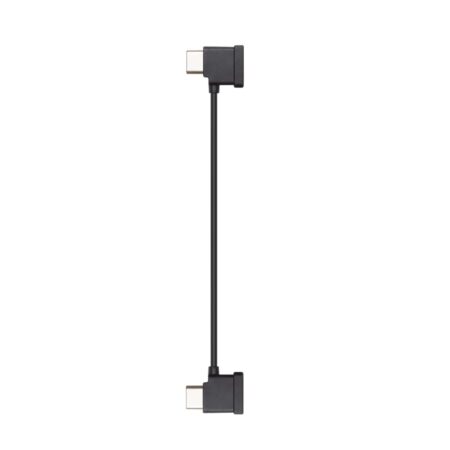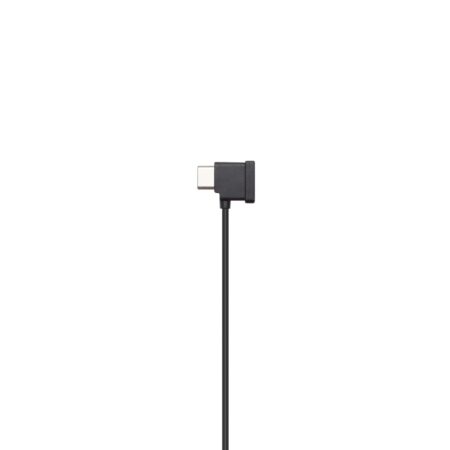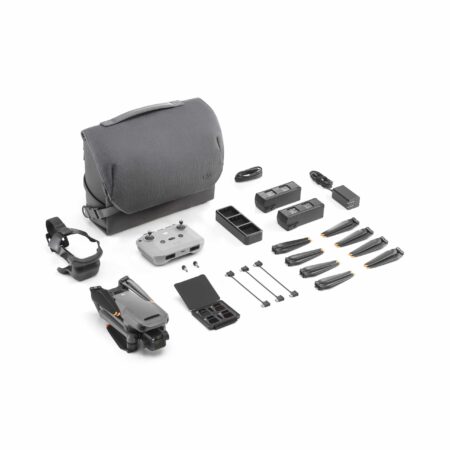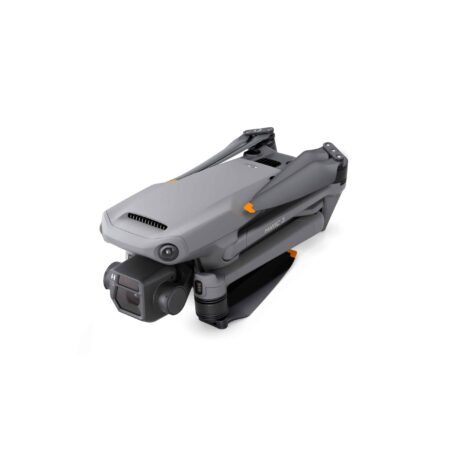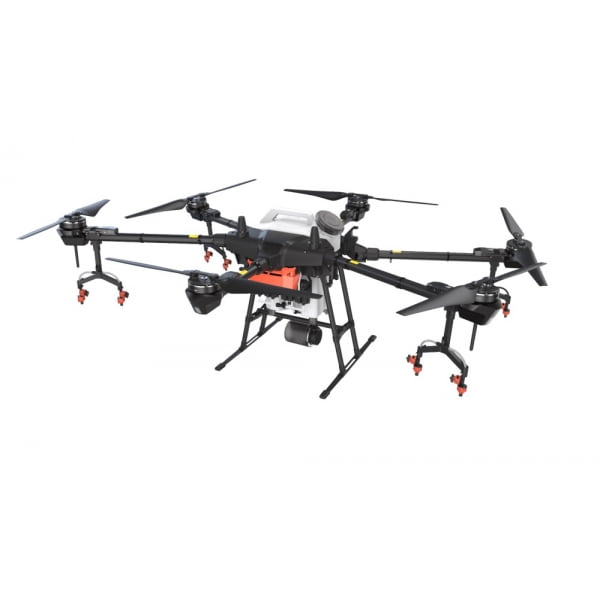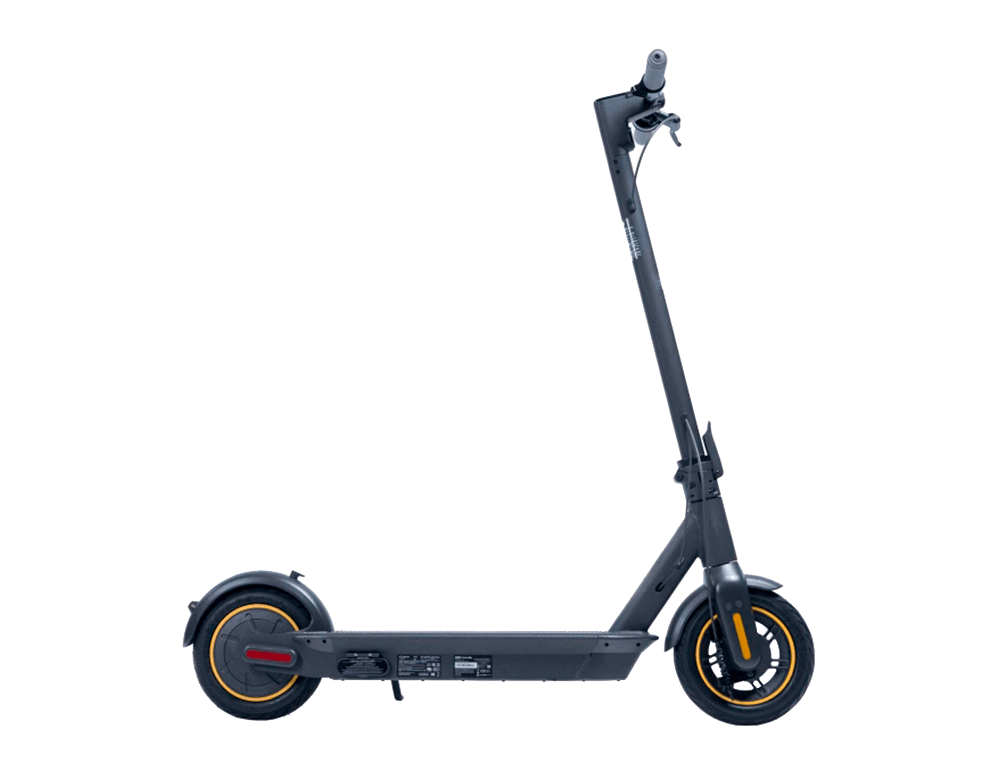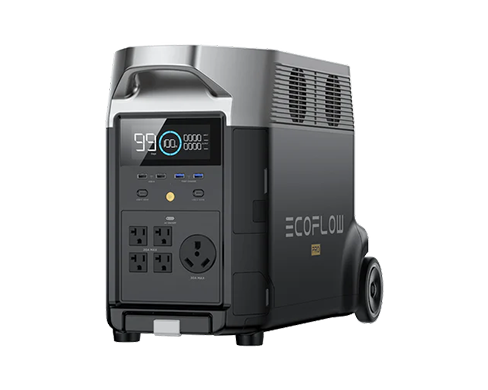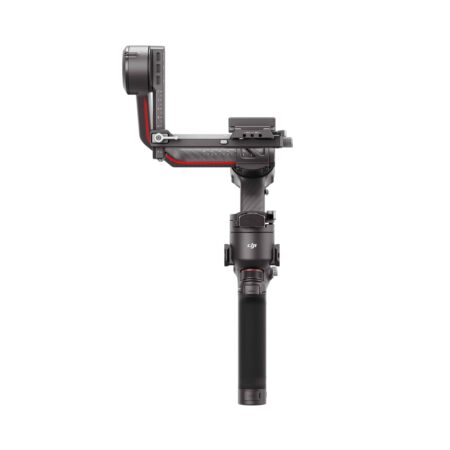- Main
- Shop
- Beginners
DJI Mavic
Your personal drone, always with you
DJI Mavic Mini
Ultralight and compact drone
DJI FPV
Everything for impressions at speed
DJI Osmo
Precious memories in smooth videos
For kids, education and fun
Everything for creativity, education and entertainment
FIMI
If you don't know where to start
- FIMI X8 SE 2022 V2
- FIMI X8 Mini
- Accessories for X8 SE
- Accessories for X8 Mini
- Professional
DJI Inspire
Professional drones
Professional cameras
Professional shooting and stabilization systems
DJI Ronin
Handheld gimbal for professional cameras
DJI Transmission
Professional shooting and stabilization systems
- Industrial
DJI Matrice
Industrial Platforms
DJI Mavic Enterprise
For inspections, rescue operations, firefighting
- VTOL
- Service
- B2B
- Contacts
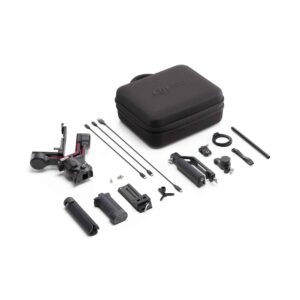
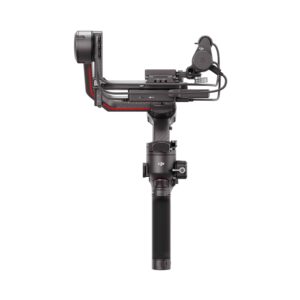
Stabilizer DJI Ronin RS 3 Pro
869,00 € 833,00 €
The DJI RS3 Pro flagship gimbal.
Equipped with automatic axle lock, extended composite axles, LiDAR-assisted focusing, O3 Pro data communication system and a payload of up to 4.5 kg.
PERIPHERAL
| Accessory Port | RSA/NATO Ports 1/4"-20 Mounting Hole Cold Shoe Video Transmission/LiDAR Range Finder Port (USB-C) RSS Camera Control Port (USB-C) Focus Motor Port (USB-C) |
|---|---|
| Battery | Model: BG30-1950 mAh-15.4V Type: LiPo 4S Capacity: 1950 mAh Energy: 30 Wh Max Runtime: 12 hours [1] Charging Time: Approx. 1.5 hours (using 24W charger; it is recommended to use QC 2.0 or PD protocol chargers) Suggested Charging Temperature: 5° to 40° C (41° to 104° F) |
| Connections | Bluetooth 5.0 Charging Port (USB-C) |
| Ronin App Requirements | iOS 11.0 or above Android 7.0 or above |
| Languages Supported by the Touchscreen | English, Simplified Chinese, Traditional Chinese, German, French, Korean, Japanese, Spanish, Portuguese (Brazil), Russian, Thai |
WORKING PERFORMANCE
| Tested Payload | 4.5 kg (10 lbs) |
|---|---|
| Max Controllable Angular Speed | Pan: 360°/s Tilt: 360°/s Roll: 360°/s |
| Mechanical Range | Pan axis: 360° continuous rotation Roll axis: -95° to +240° Tilt axis: -112° to +214° |
MECHANICAL & ELECTRICAL CHARACTERISTICS
| Operating Frequency | 2.400-2.484 GHz |
|---|---|
| Bluetooth Transmitter Power | <8 dBm |
| Operating Temperature | -20° to 45° C (-4° to 113° F) |
| Weight | Gimbal: Approx. 1,143 g (2.51 lbs) Grip: Approx. 265 g (0.58 lbs) Extended Grip/Tripod (Metal): Approx. 226 g (0.49 lbs) Upper and Lower Quick-Release Plates: Approx. 107 g (0.23 lbs) |
| Gimbal Dimensions | Folded: 268×276×68 mm (L×W×H, excluding camera, grip, and the Extended Grip/Tripod) Unfolded: 415×218×195 mm (L×W×H, height includes grip and excludes the Extended Grip/Tripod) |
DJI RONIN IMAGE TRANSMITTER
| Connections | Power/Communication Port (USB-C) HDMI Port (Mini HDMI) RSS Camera Control Port (USB-C) |
|---|---|
| Expansion Port | Cold Shoe |
| Operating Frequency | 2.400-2.484 GHz |
| Weight | 126 g (0.27 lbs) |
| Dimensions | Length: 82×63×24 mm (L×W×H) |
| Transmitter Power (EIRP) | 2.400-2.484 GHz: <<25 dBm (FCC) <<20 dBm (CE/SRRC/MIC) |
| Battery | Capacity: 2970 mAh Compatible Charger: 5 V/2 A Charging Time: Approx. 2.5 hours Operating Time: Approx. 3.5 hours |
| Video Transmission Range | 200 m (SRRC/FCC) [2] 100 m (CE) [2] |
| Latency | 60 ms |
| Operating Current / Voltage | 900 mA/3.7 V |
| Operating Temperature | 0° to 45° C (32° to 113° F) |
DJI LiDAR RANGE FINDER (RS)
| Accessory Port | Cold Shoe 1/4"-20 Mounting Hole USB-C port USB-C Power/CVBS/CAN Data Port |
|---|---|
| Image Sensor | Resolution: 448×298 on the RS touchscreen FOV: 57.4° (horizontal), 44.6° (vertical), 70.1° (diagonal) Frame Rate: 30fps Focal Length: 30mm Equivalent |
| ToF Sensor | Resolution: 240×180 Sensing Range: 0.5 to 14 m [3] FOV: 57.4° (horizontal), 44.6° (vertical), 70.1° (diagonal) Frequency: 25 Hz Focal Length: 30mm Equivalent Distance Error: 1% |
| Machine Learning | Frequency: 30 Hz Tracking Subjects: Can recognize up to five subjects at the same time, and choose one to follow Smart Object Identification: Human face, head, and body |
| Electrical Properties | Power Consumption: 6.8 W Input: 7 to 16 V |
| Operating Temperature | -20° to 45° C (-4° to 113° F) |
| Mechanical Properties | Dimensions: 66×57×24 mm (L×W×H) Weight: Approx. 130 g (0.28 lbs) Mounting Plate Height: 30 mm |
| Lenses that Do Not Need Calibration | DZOFILM Vespid Cyber 35 mm DZOFILM Vespid Cyber 50 mm DZOFILM Vespid Cyber 75 mm |
FOOTNOTES
1. Measured with the equipment in a level and stationary state. The gimbal balanced, three axes in an active state, and the battery only powering the gimbal.
2. In open environments free of obstructions or interference.
3. In environments with a brightness level of 80,000 lux or below.
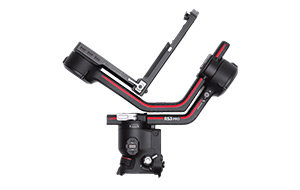
DJI RS3 Pro Gimbal × 1
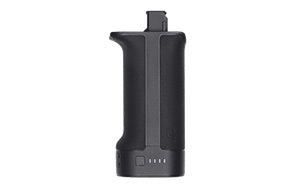
BG30 Grip × 1
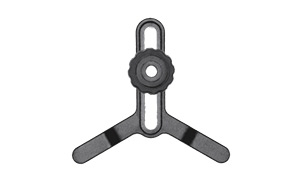
Lens-Fastening Support (Extended) × 1
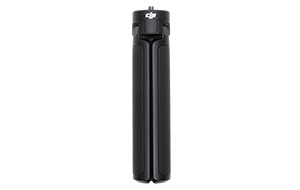
Extended Grip/Tripod (Metal) × 1
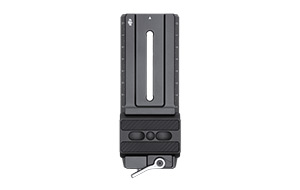
Quick-Release Plate (Arca-Swiss/Manfrotto) × 1
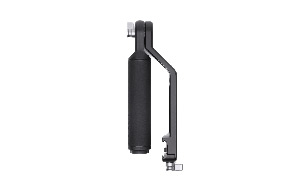
Briefcase Handle × 1
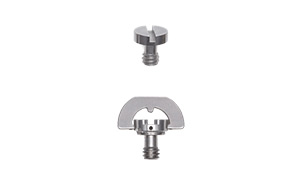
Screw Kit × 1
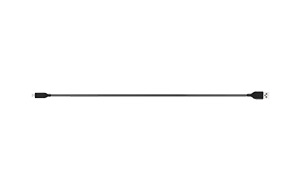
USB-C Charging Cable (40 cm) × 1
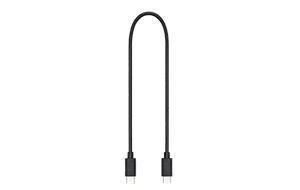
Multi-Camera Control Cable (USB-C, 30 cm) × 1
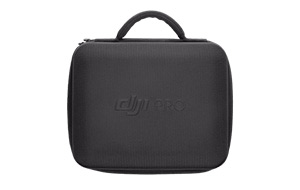
DJI RS3 Pro Carrying Case × 1
Intelligent Features
1. How do I enable SuperSmooth mode on DJI RS 3 Pro?
Tap the gimbal calibration icon on the touchscreen of the gimbal and enable SuperSmooth mode.* Tap Start Calibration to perform calibration for better stabilization.
* Before using SuperSmooth mode, make sure you have installed the lens-fastening support.
2. What are the differences between SuperSmooth and the normal stabilization of DJI RS 3 Pro?
SuperSmooth mode was developed for fast-moving scenarios. It increases the torque of DJI RS 3 Pro to further enhance stabilization, delivering stable footage in more dynamic and strenuous shooting scenarios.
3. How many subjects can DJI RS 3 Pro follow using ActiveTrack?
One.
4. When using ActiveTrack on DJI RS 3 Pro, how do I adjust composition?
You can use the joystick on the grip to control the gimbal and compose your shot.
Gimbal
1. What are the differences between DJI RS 3 Pro and DJI RS 2?
Inheriting the design language of DJI RS 2, DJI RS 3 Pro features extended carbon fiber axis arms, new automated axis locks, a gimbal mode switch, Bluetooth shutter control, as well as a 1.8-inch full-color OLED touchscreen, making shooting more efficient and convenient. The optimized structure of RS 3 Pro ensures that its weight remains at 1.5 kg (this weight includes the gimbal, battery grip, and dual-layered quick-release plates), while its load capacity is a robust 4.5 kg. In addition, DJI RS 3 Pro is equipped with the 3rd-Gen RS Stabilization Algorithm that supports LiDAR focusing and O3 Pro video transmission technologies, delivering an integrated receiving, monitoring, and control experience that facilitates coordinated shooting.
2. How do I activate DJI RS 3 Pro?
Follow the steps below to activate the device:
- Press and hold the power button to power on the gimbal.
- Enable Bluetooth on your mobile device.
- Launch the Ronin app and register or log in with your DJI account. Select DJI RS 3 Pro on the device list, enter the default password: 12345678, and follow the on-screen instructions to activate DJI RS 3 Pro.*
- DJI RS 3 Pro will enter sleep mode after successful activation. Press the power button once to exit sleep mode before use.
* During activation, make sure the mobile device is connected to the internet.
3. How do I update the firmware of DJI RS 3 Pro?
Follow the steps below to update the firmware:
- Press and hold the power button to power on the gimbal.
- Launch the Ronin app, tap Connect to Gimbal, and select your DJI RS 3 Pro on the device list.
- When new firmware is available, there will be a prompt on the top of the Ronin app main page that says “Update Now.”* Simply tap it. There will be a prompt to indicate that the update has been successful. Tap Exit to complete the update.
- If the update fails, restart the device and try again.
* Do not power off the gimbal or exit the app until the firmware update is complete.
4. Is DJI RS 3 Pro waterproof?
No. Ports on DJI RS 3 Pro are not waterproof or dustproof. Please stay away from water and dust during use to avoid damaging the device.
5. What material is DJI RS 3 Pro made of?
DJI RS 3 Pro is primarily composed of aluminum alloy and carbon fiber.
6. Which cameras and lenses are supported by DJI RS 3 Pro?
Please refer to the Ronin Series Compatibility Search: https://www.dji.com/ee/support/compatibility
7. Does DJI RS 3 Pro have any key shortcuts?
- Power Button
Press and hold: Power on/off;
Press once: Sleep/wake. - Trigger
Press and hold: Enter Lock mode;
Press twice: Recenter the gimbal;
Press three times: Enter Selfie mode. - Front Dial
Electronic focusing (default setting). - Camera Control Button
Press halfway: Autofocus;
Press once: Start/stop recording;
Press and hold: Take a photo. - Joystick
Push up or pull down: Control tilt axis movement (by default);
Push left or right: Control pan axis movement (by default). - M Button
Press once: Can be customized to lock/unlock the touchscreen, take a photo, or LiDAR AF/MF;
Press and hold: Enter Sport mode; Press and hold while pressing the Trigger twice: Lock Sport mode. Repeat to exit;
Press and hold the M Button and Trigger: Start auto calibration.
Press and hold: Power on/off;
Press once: Sleep/wake.
Press and hold: Enter Lock mode;
Press twice: Recenter the gimbal;
Press three times: Enter Selfie mode.
Electronic focusing (default setting).
Press halfway: Autofocus;
Press once: Start/stop recording;
Press and hold: Take a photo.
Push up or pull down: Control tilt axis movement (by default);
Push left or right: Control pan axis movement (by default).
Press once: Can be customized to lock/unlock the touchscreen, take a photo, or LiDAR AF/MF;
Press and hold: Enter Sport mode; Press and hold while pressing the Trigger twice: Lock Sport mode. Repeat to exit;
Press and hold the M Button and Trigger: Start auto calibration.
8. How do I use the automated axis locks on DJI RS 3 Pro?
When the gimbal is powered off, press and hold the power button. Then, the three axes unlock and expand automatically for use within just a few seconds. Press and hold the power button again to lock the axes and power off the gimbal. During use, press the power button once, and the axes automatically lock and enter sleep mode. Press once again to unlock and wake.
9. How do I enable different gimbal modes for DJI RS 3 Pro?
With the new gimbal mode switch, you can quickly change between Pan Follow, Pan and Tilt Follow, and FPV modes. The FPV switch is also customizable to 3D Roll 360, Portrait, or Custom.
10. What is the max tested payload supported by DJI RS 3 Pro?
Approx. 4.5 kg/10 lbs.
Camera Control
1. What cameras can be controlled by the Bluetooth shutter of DJI RS 3 Pro?
Please refer to the Ronin Series Compatibility Search: https://www.dji.com/ee/support/compatibility
2. How do I enable Bluetooth shutter control on DJI RS 3 Pro?
Swipe down the main page of the built-in touchscreen, tap the Bluetooth icon. Then, DJI RS 3 Pro will start searching for Bluetooth signals of surrounding devices. Select the Bluetooth name of your camera. Certain camera models require a linking password. After successful connection, the Bluetooth icon will turn blue. For detailed steps, watch the tutorial Connecting DJI RS 3/RS 3 Pro.
3. What functions can be controlled by Bluetooth shutter on DJI RS 3 Pro ?
Press halfway to autofocus, press once to start recording, and press and hold to take a photo.
Accessories
1. What accessories can be used interchangeably among DJI RS 3 Pro, DJI RS 3, DJI RS 2, and DJI RSC 2?
Please check the appendix: DJI RS Series Universal Accessories List
2. How do I mount DJI RS 3 Pro on a car, jib, or third-party slider?
Use the Ronin Expansion Base Kit to mount DJI RS 3 Pro.
3. How do I control DJI RS 3 Pro remotely?
There are four ways to control DJI RS 3 Pro remotely:
- Pair DJI RS 3 Pro with DJI Transmission to control the gimbal and camera focus remotely with Ronin 4D Hand Grips, DJI Master Wheels, or DJI Force Pro. The DJI High-Bright Remote Monitor can be used as an independent motion controller to remotely control the gimbal.
- Connect DJI RS 3 Pro to the DJI R Focus Wheel and DJI Pro Wireless Receiver. Link the DJI Pro Wireless Receiver with DJI Master Wheels or DJI Force Pro to remotely control the gimbal via DJI Master Wheels or DJI Force Pro.
- When using DJI RS 3 Pro with the DJI Ronin Image Transmitter, use Force Mobile or the virtual joysticks in the Ronin app to control the gimbal remotely.
4. Where are calibration profiles of manual lenses stored? Can I delete them?
Lens calibration profiles are stored in the DJI RS Focus Motor (2022). After connecting the DJI LiDAR Range Finder (RS) and DJI RS Focus Motor (2022) to the gimbal, you can delete the files on the lens calibration page on the built-in touchscreen.
5. How many calibration profiles can be stored?
Three at most.
6. How do I update the firmware of the DJI LiDAR Range Finder (RS)?
- Use a USB-C cable to connect the DJI LiDAR Range Finder (RS) with a computer. Launch DJI Assistant 2 (Ronin Series), and log into your DJI account.
- Click on the LiDAR range finder icon to enter the firmware update page. Wait for the firmware list to be updated.
- Select the firmware version you need and click Update. Then, wait for the firmware to be downloaded. After the download, the DJI LiDAR Range Finder (RS) will automatically perform the update.
7. Can the DJI LiDAR Range Finder (RS) be used with autofocus lenses?
No. It can only work with manual lenses.
8. When do I need to use the DJI LiDAR Control Cable?
When the DJI LiDAR Range Finder (RS) is connected to DJI RS 3 Pro via the multi-camera control cable, if the display becomes grainy or flickers, use the DJI LiDAR Control Cable to connect the DJI LiDAR Range Finder (RS) with DJI RS 3 Pro.
9. Can DJI RS 3 Pro be used with the DJI LiDAR Range Finder (RS) and DJI Transmission simultaneously?
Currently no. The DJI LiDAR Range Finder (RS), DJI Video Transmitter, and DJI RS 3 Pro together can consume up to 20 W of power. When powered by the DJI RS 3 Pro battery grip, power supply may be insufficient. To ensure a smooth user experience, these two accessories should not be used with DJI RS 3 Pro simultaneously.
10. After lens calibration, what should I do if images are out of focus?
You can try the following operations:
- Calibrate the lens again. Make sure the subject is in focus at 1 meter and at 4 meters.
- A hood or matte box attached to the lens may obstruct LiDAR signals and result in images being out of focus. Try removing the hood or matte box and calibrating the lens again.
- Longer lenses may also obstruct LiDAR signals and result in images being out of focus. Try changing to a shorter lens and calibrating again.
11. What subject should I choose when calibrating manual lenses?
Aim at diffused or highly reflective surfaces such as cement walls, unpainted wood, or unpolished stone. Do not aim at glass or metal surfaces or pure black areas.
Battery
1. How long is the runtime of the DJI RS 3 Pro battery grip?
Up to 12 hours with equipment in a level and stationary state, the gimbal balanced, three axes in an active state, and the battery only powering the gimbal.
2. How long does it take to fully charge the DJI RS 3 Pro battery grip?
Approx. 1.5 hours.*
* Measured with a 24W charger. It is recommended to use QC 2.0 or PD protocol chargers.
3. Can DJI RS 3 Pro be used while charging?
Yes.
4. Are the battery grips of DJI RS 3 Pro, DJI RS 3, and DJI RS 2 interchangeable?
The battery grip of DJI RS 3 Pro is not interchangeable with that of DJI RS 3, but it is interchangeable with DJI RS 2.


